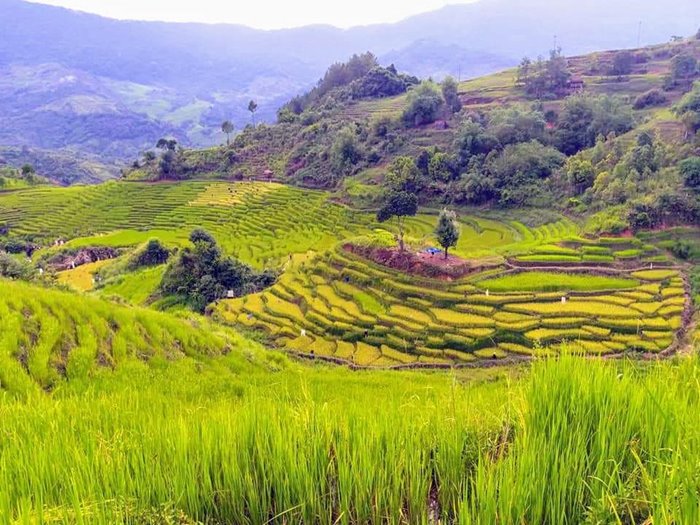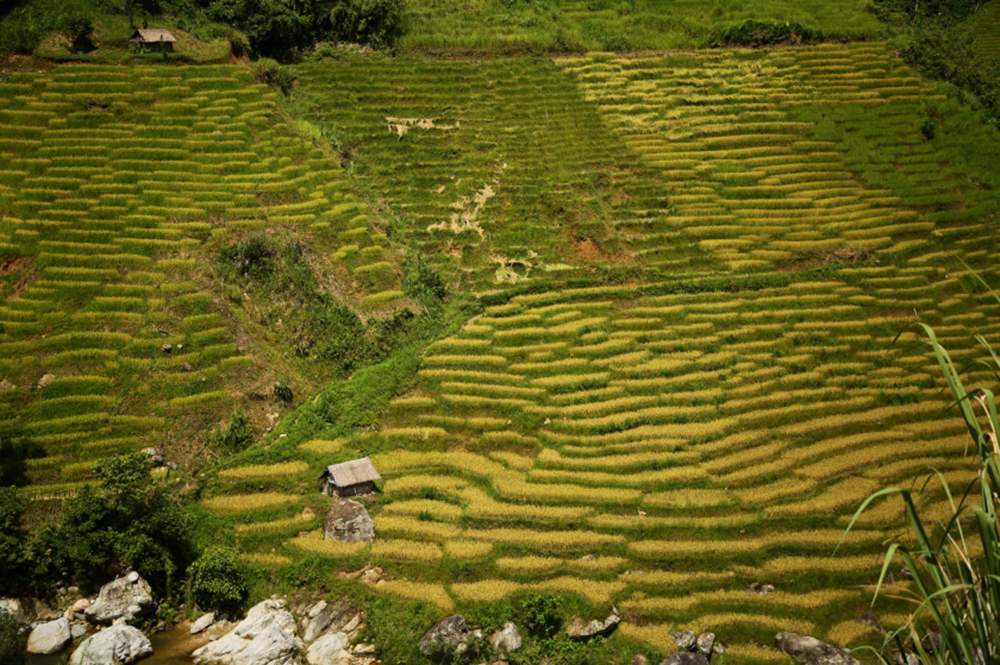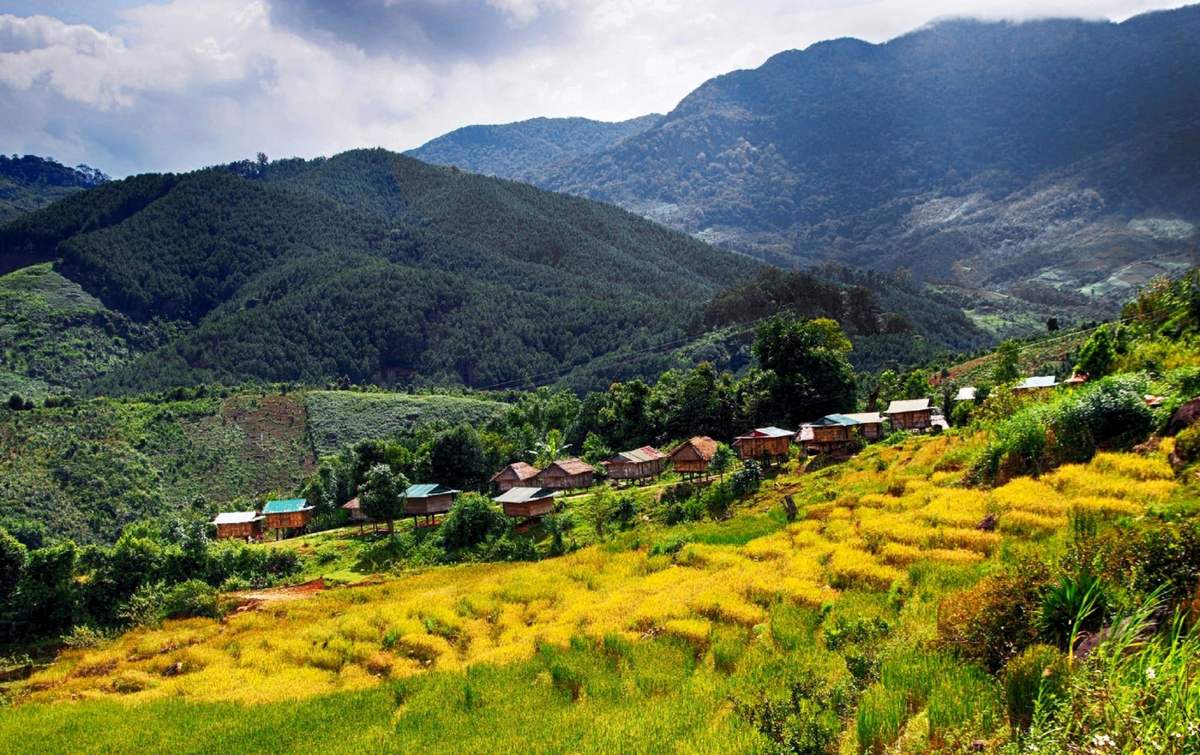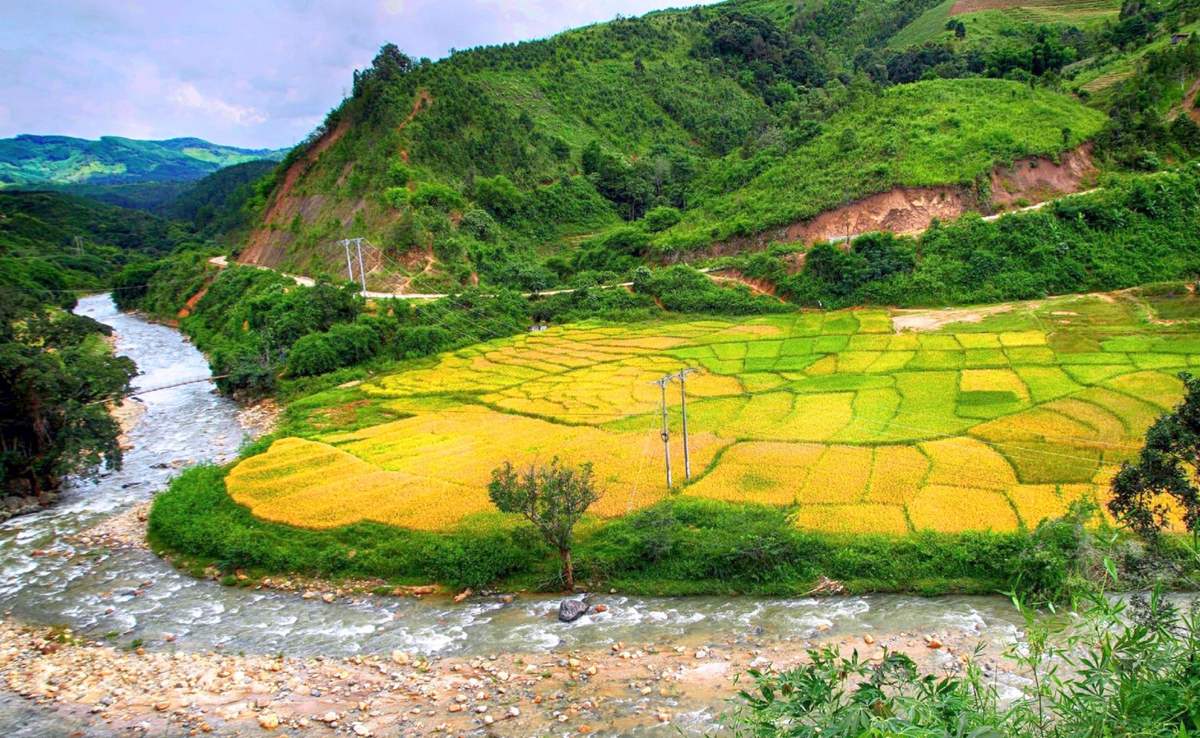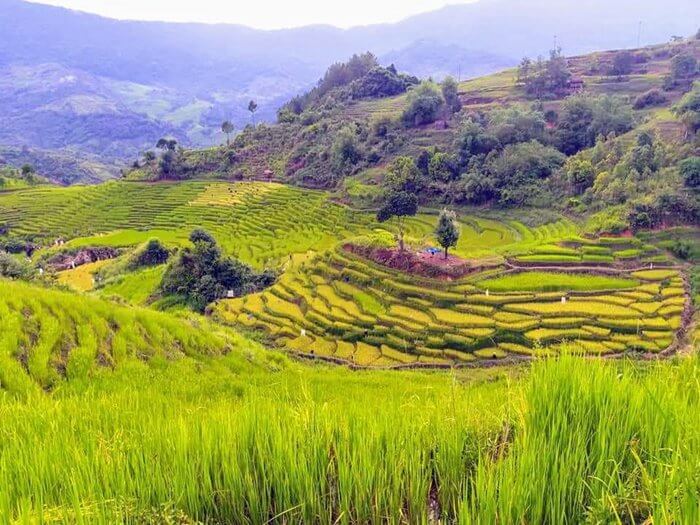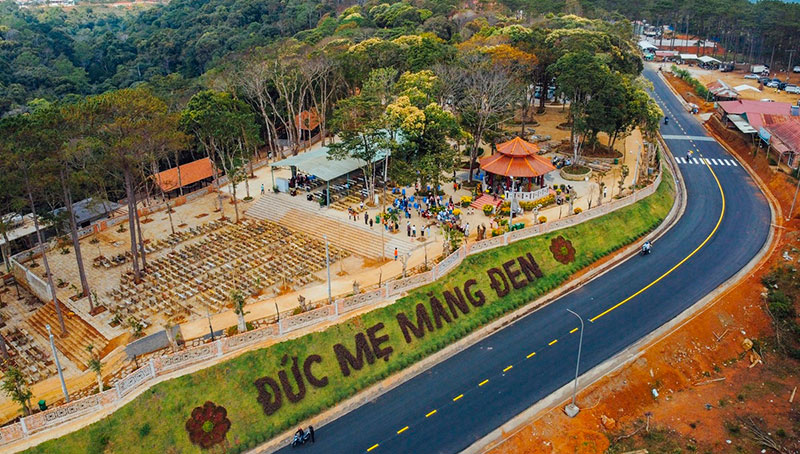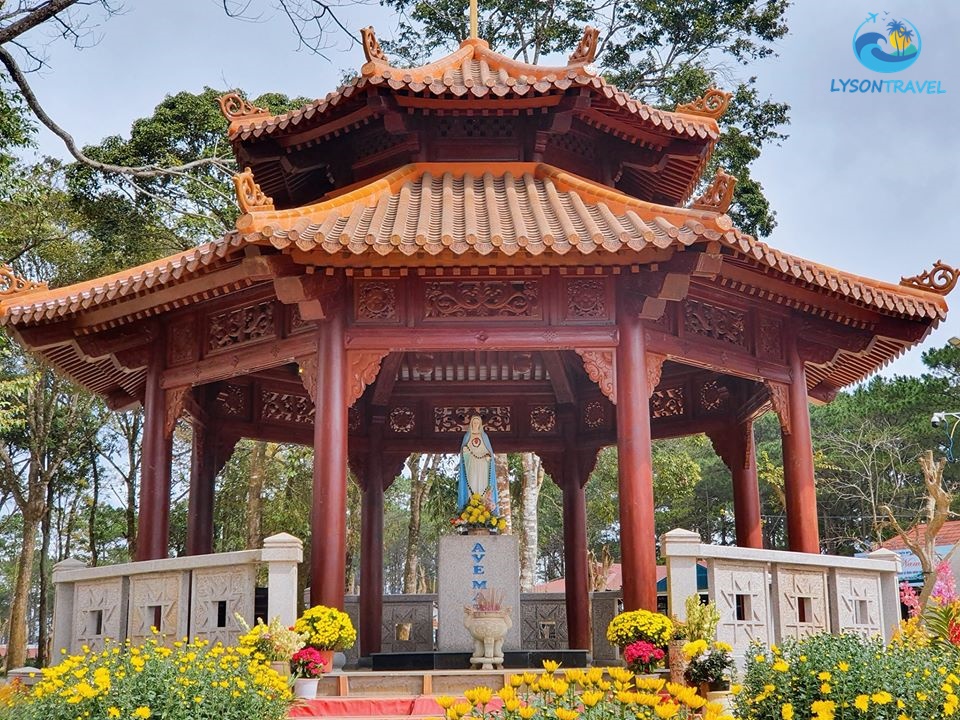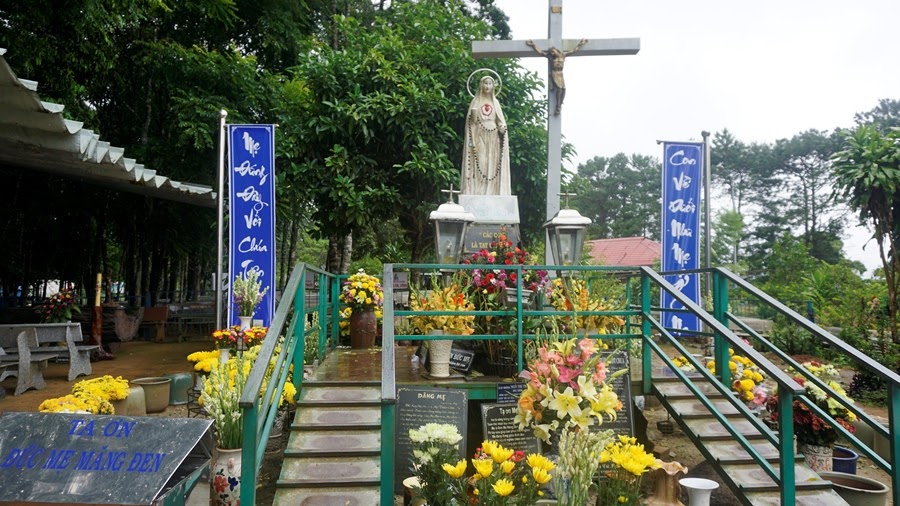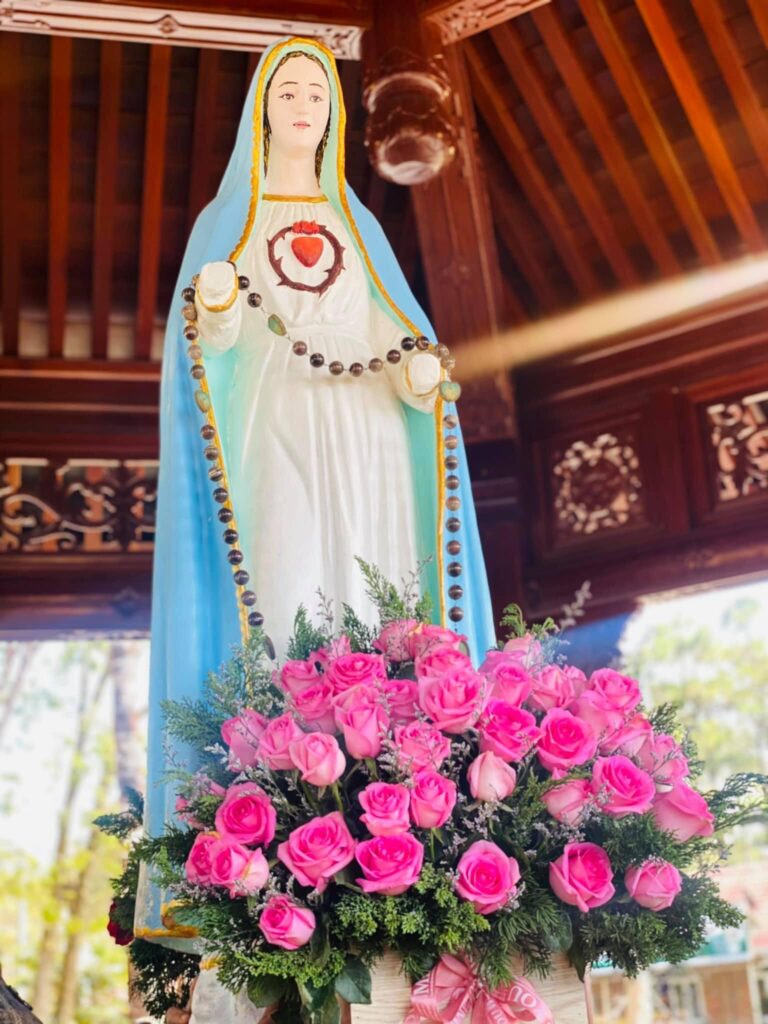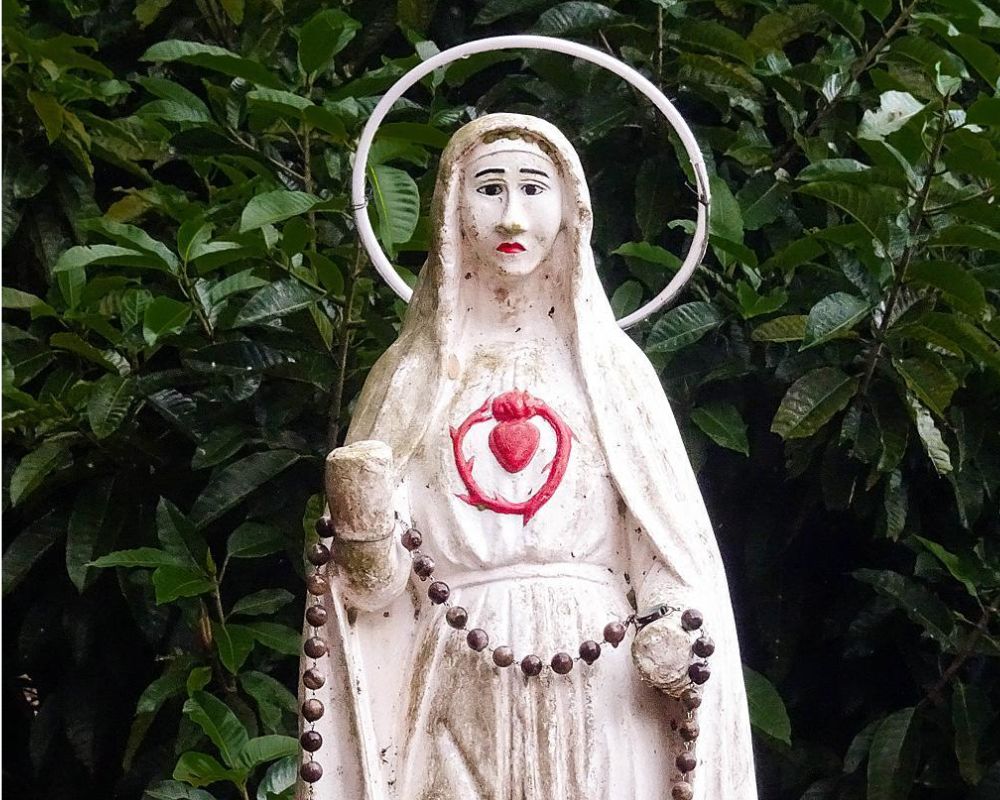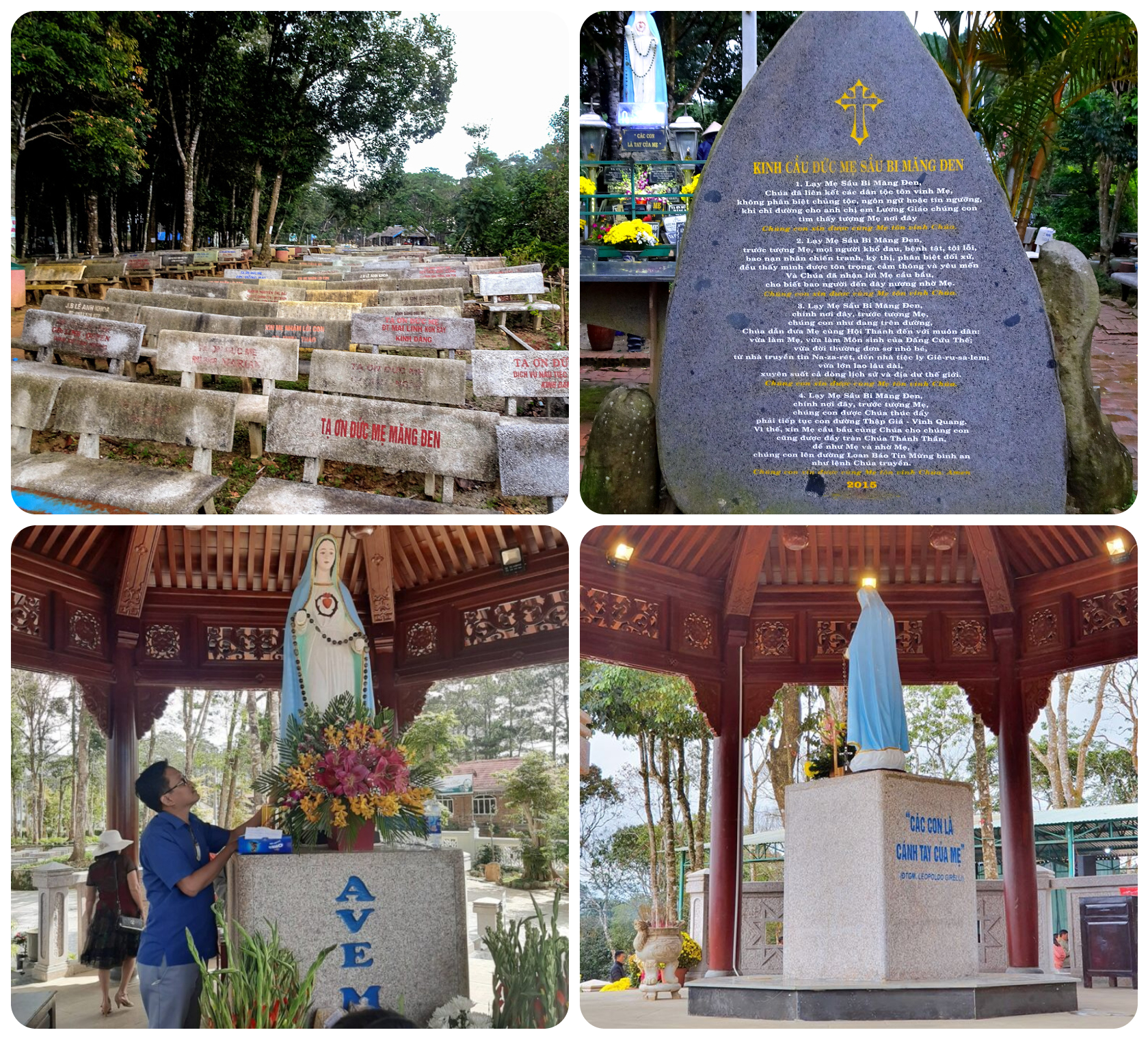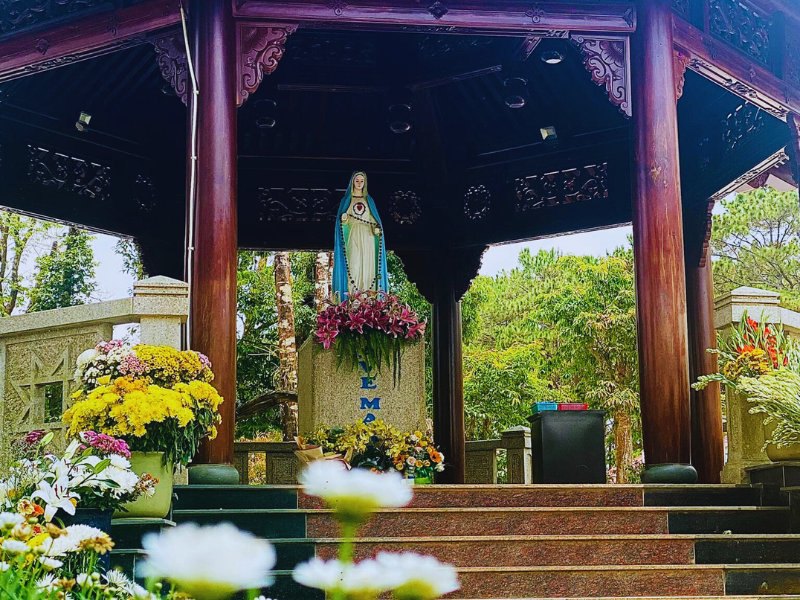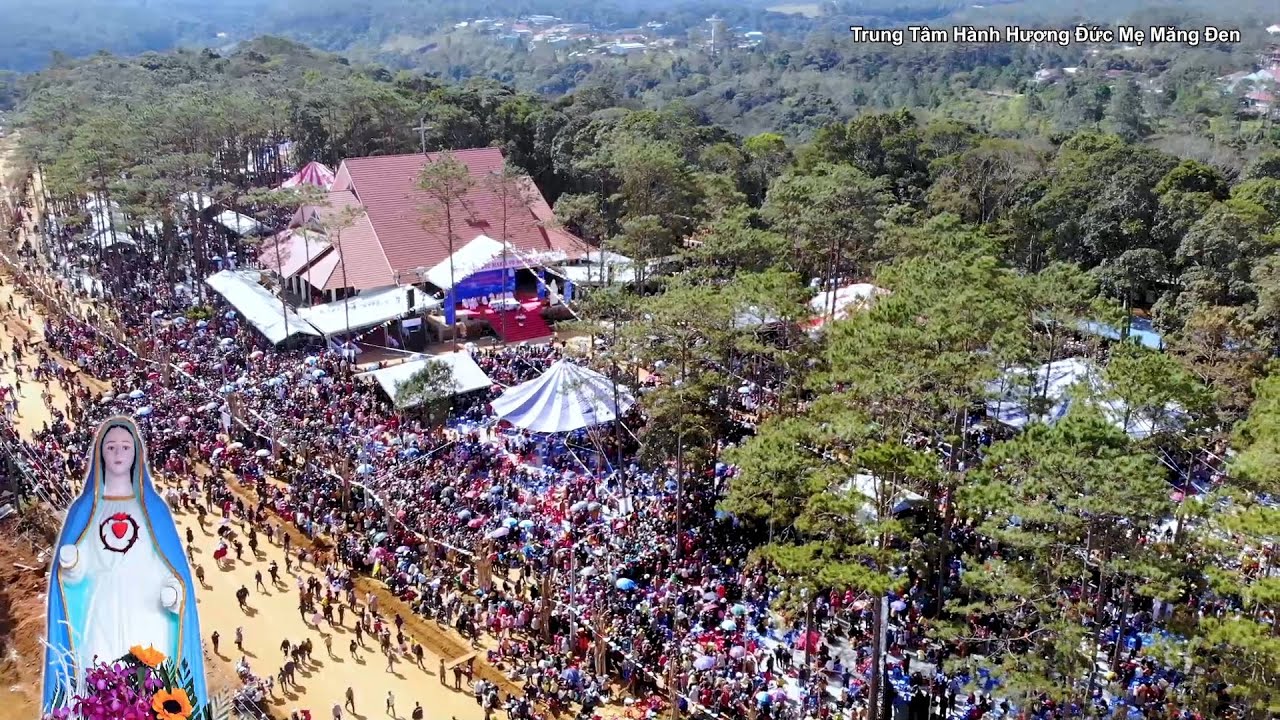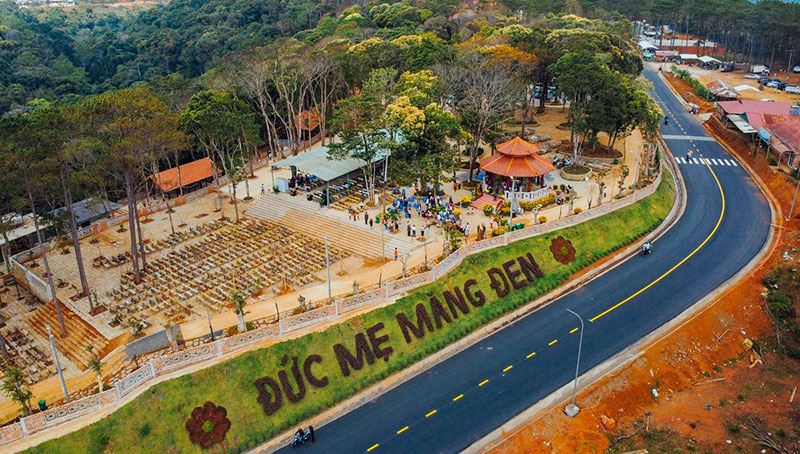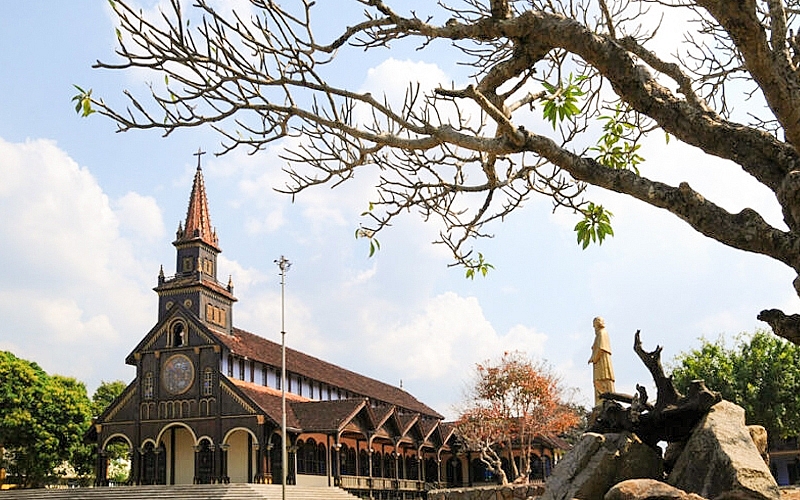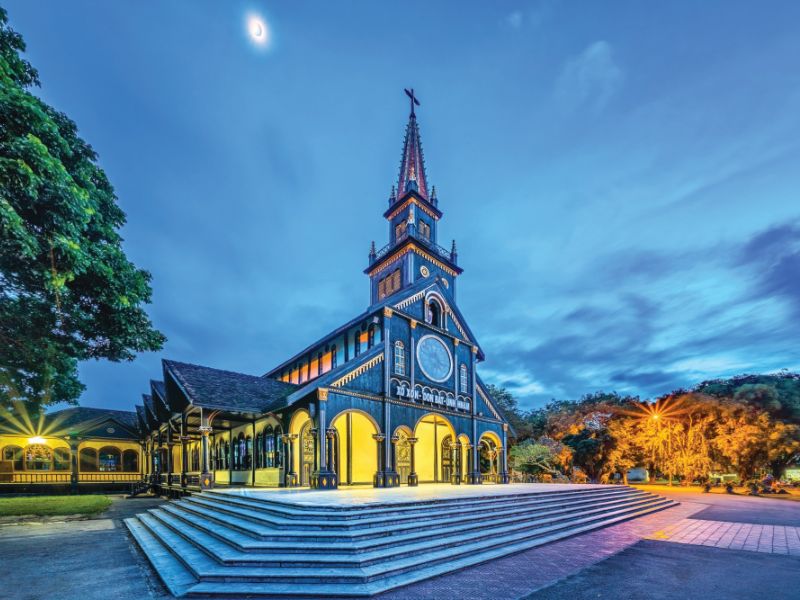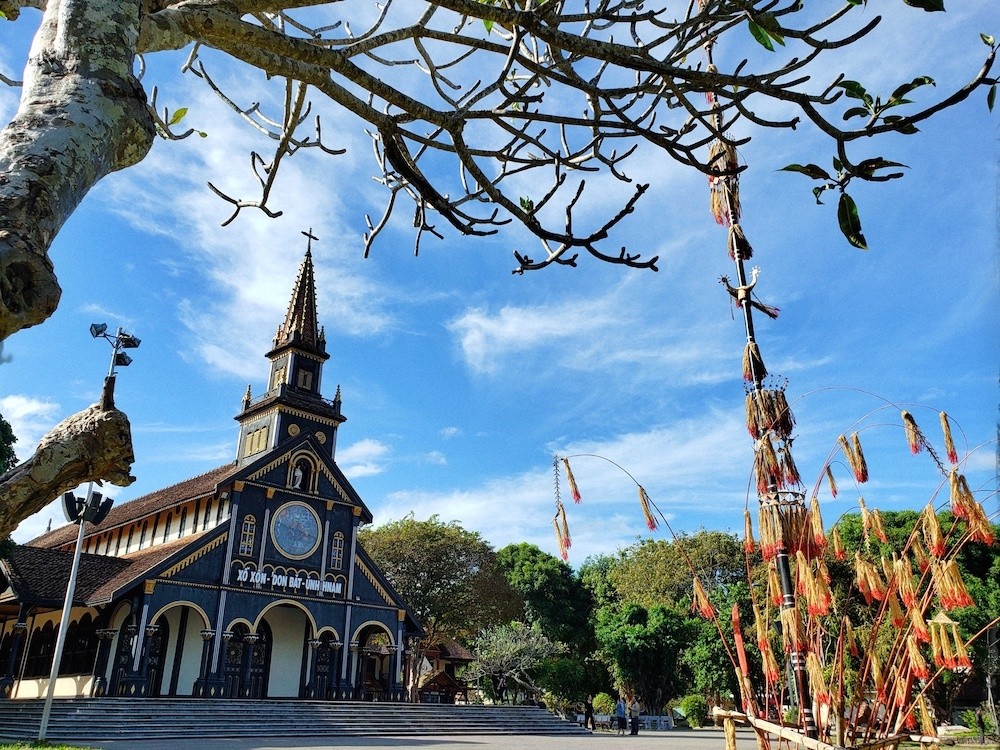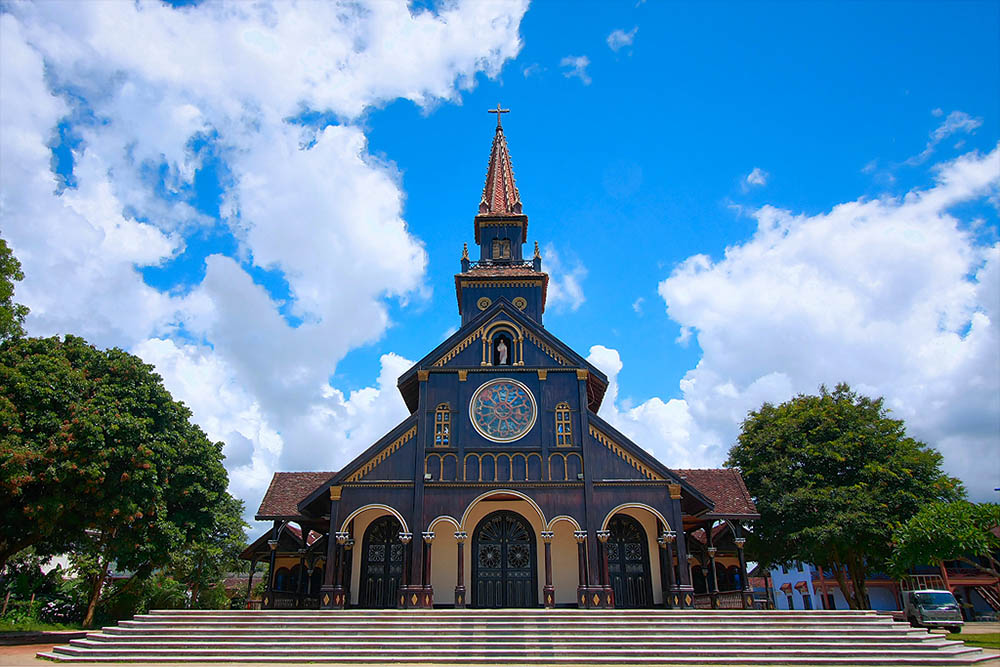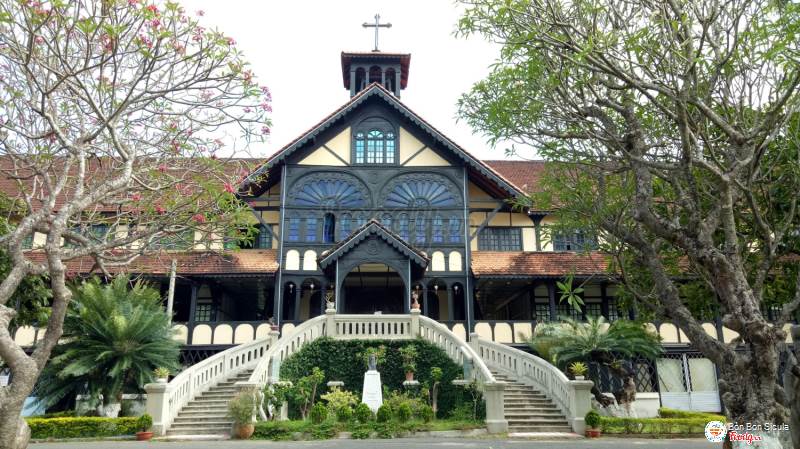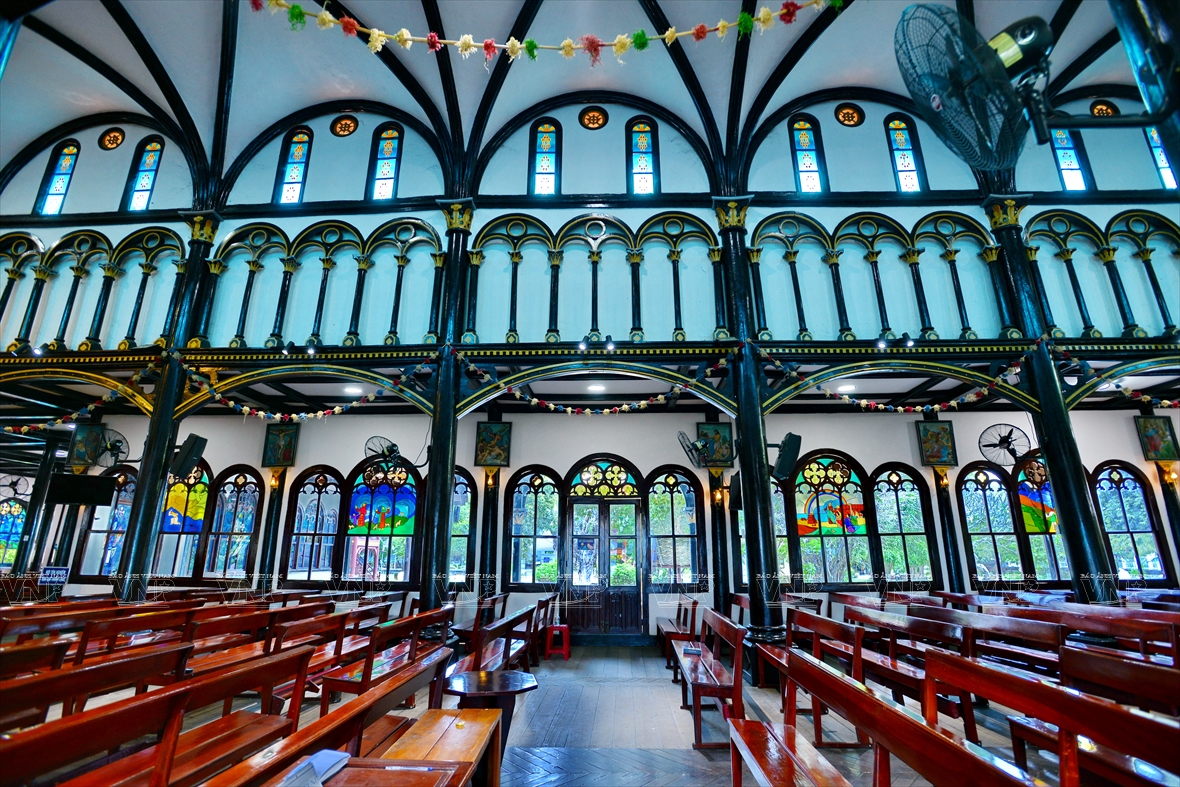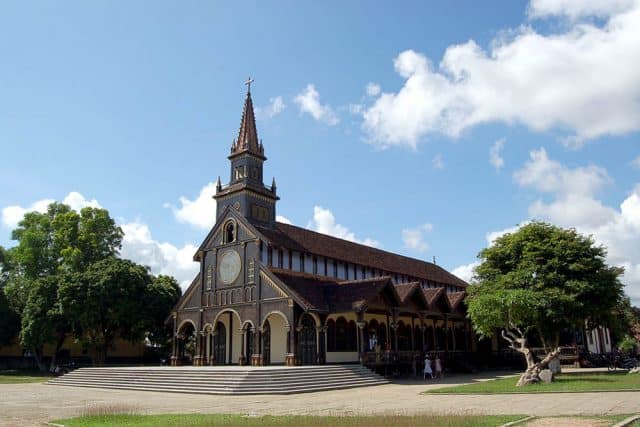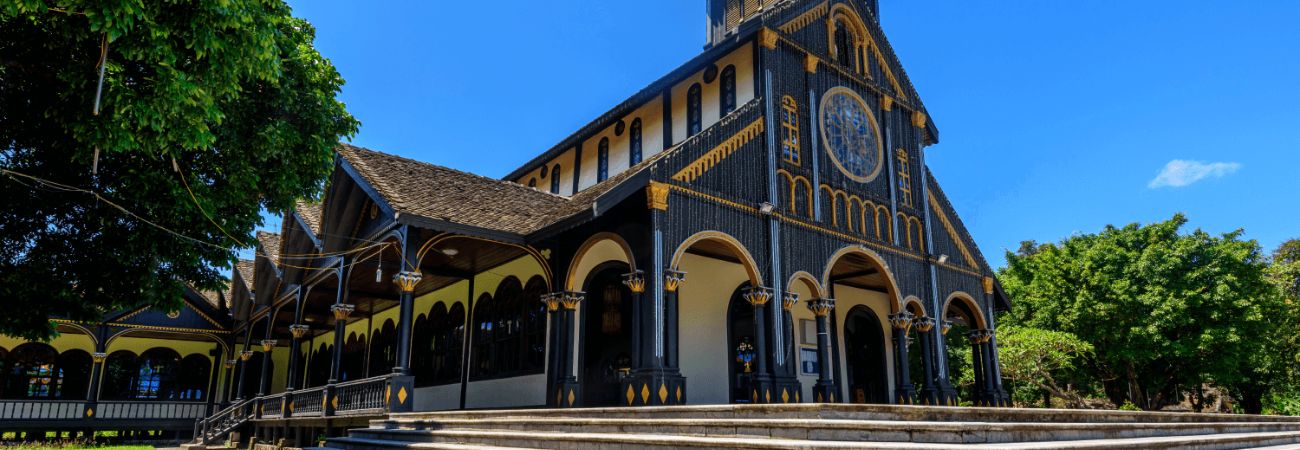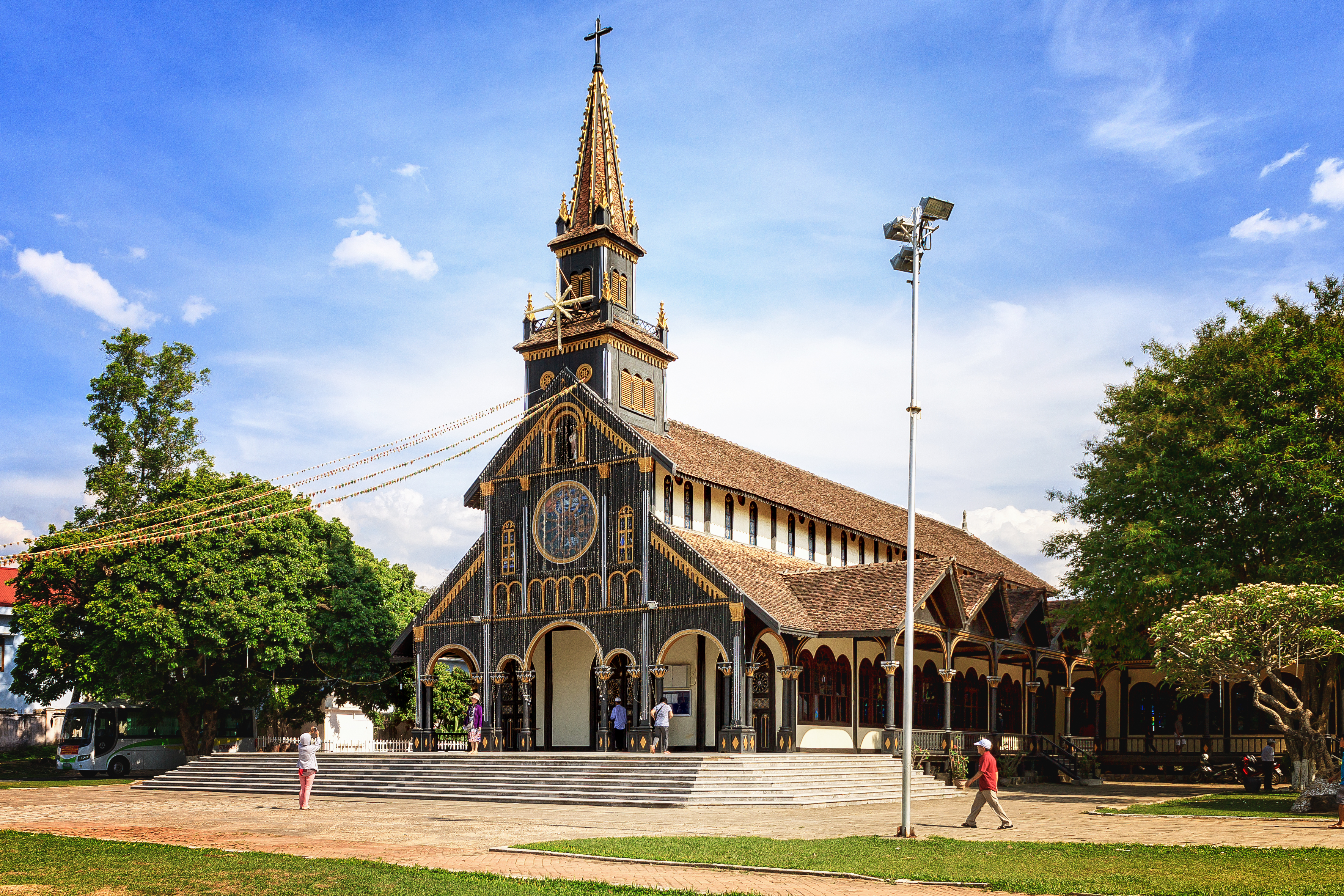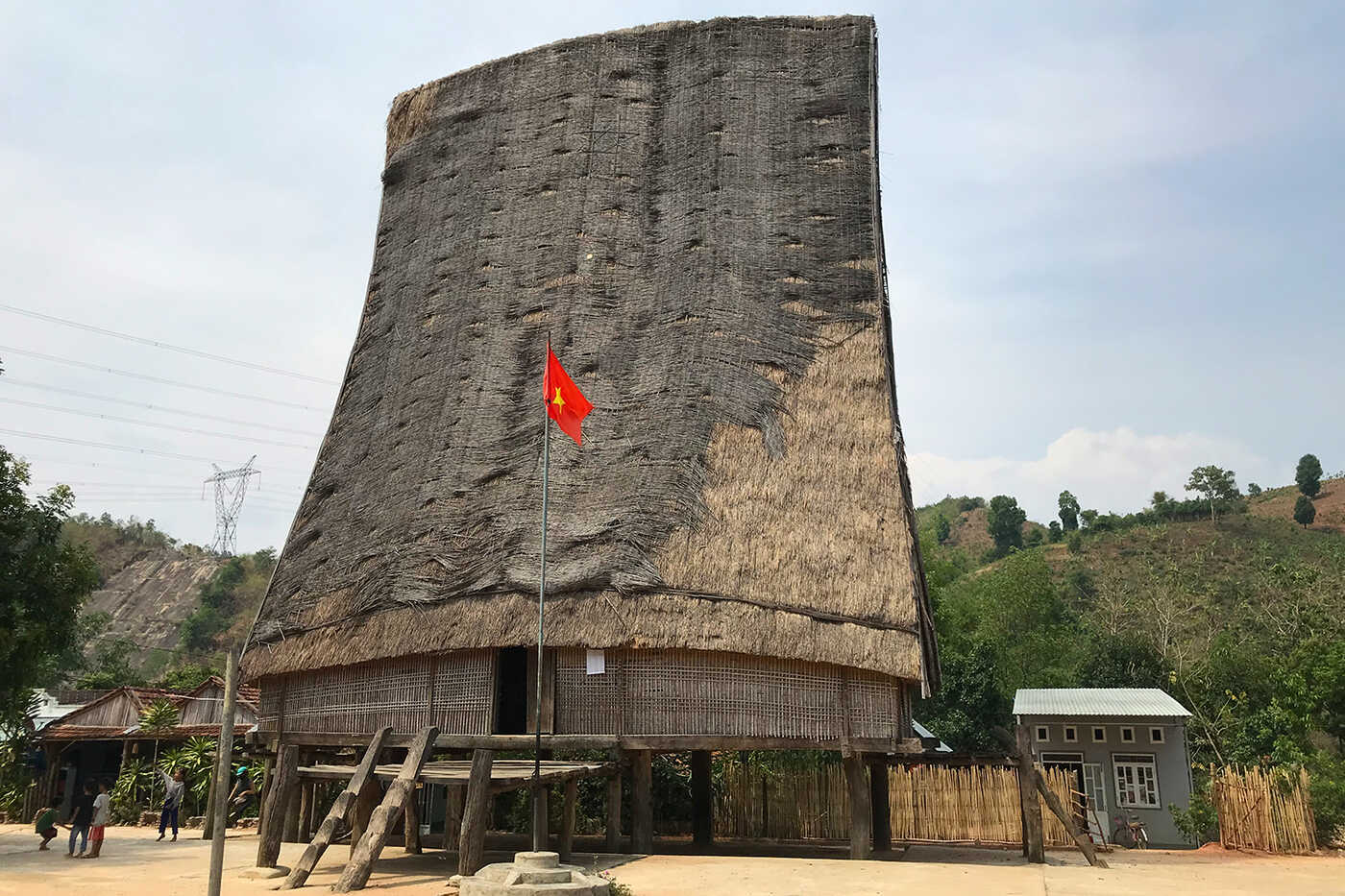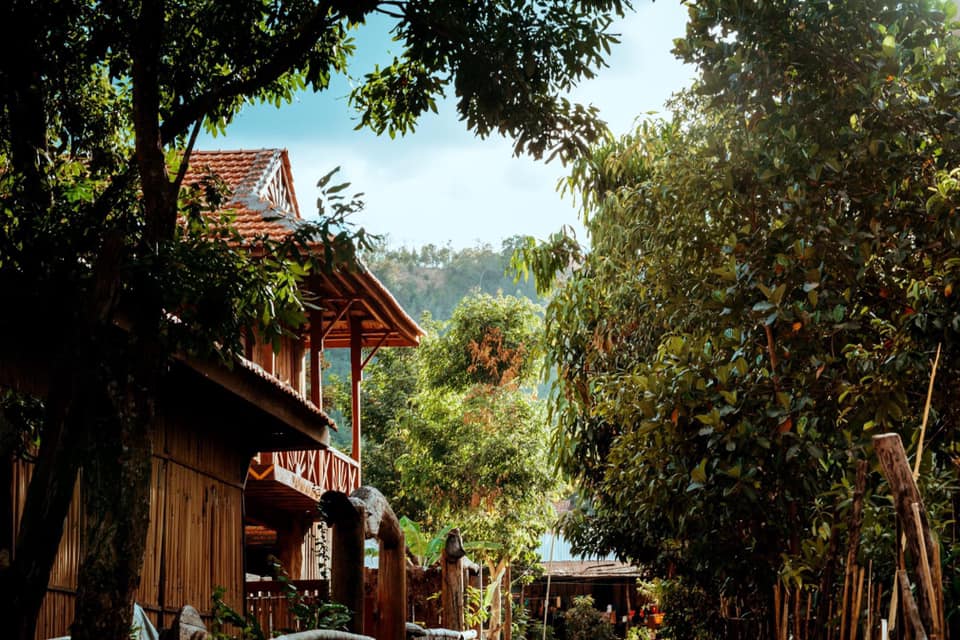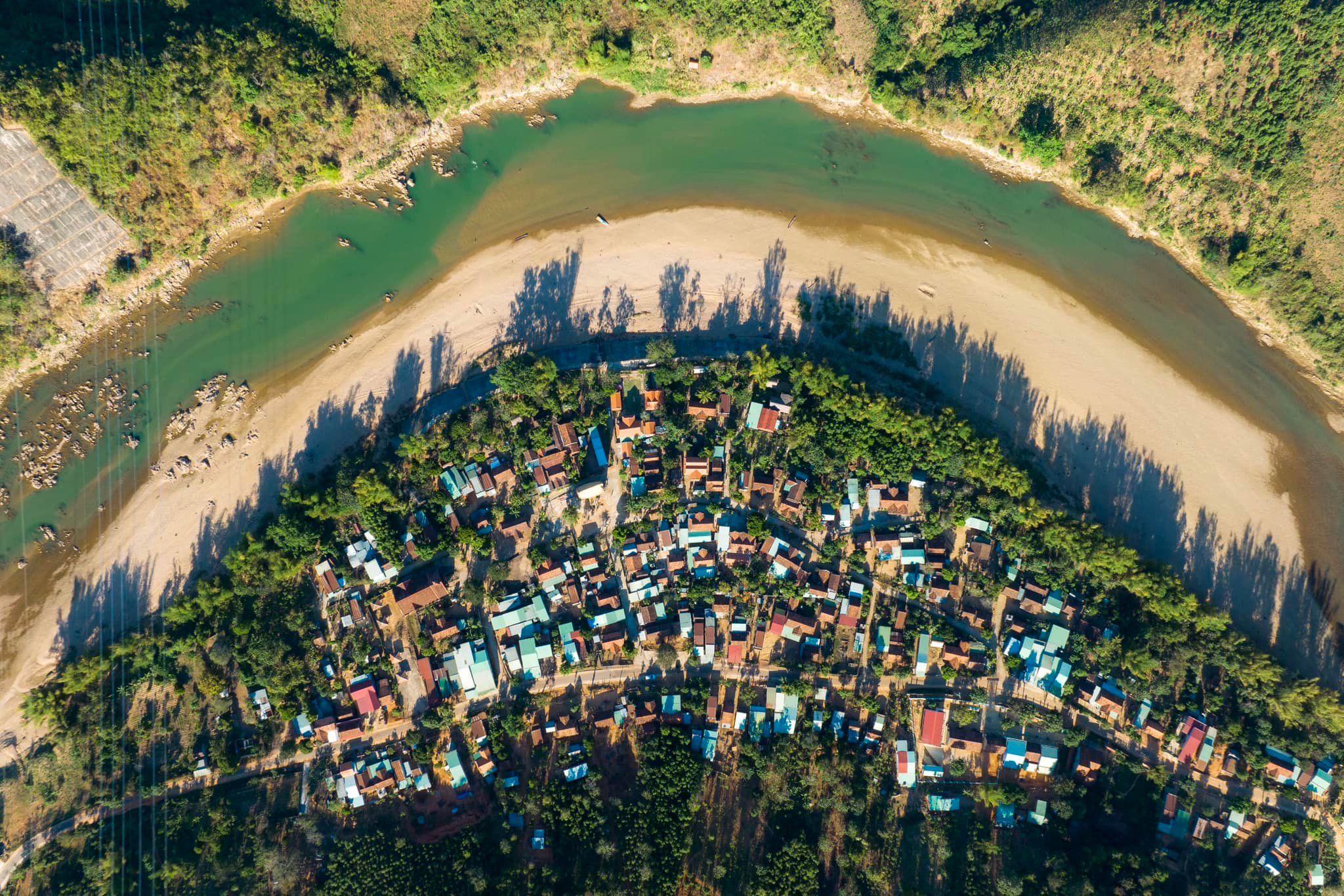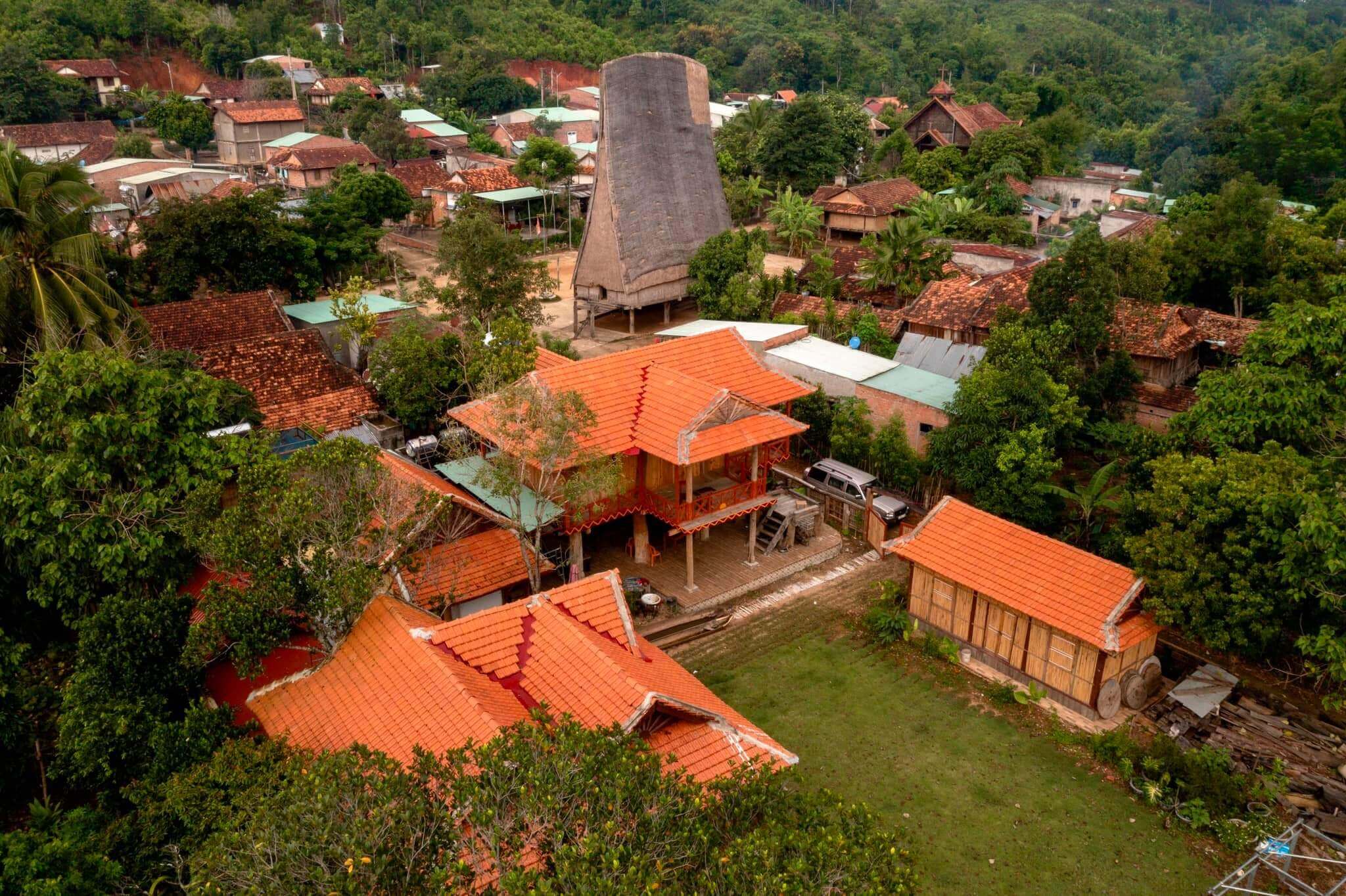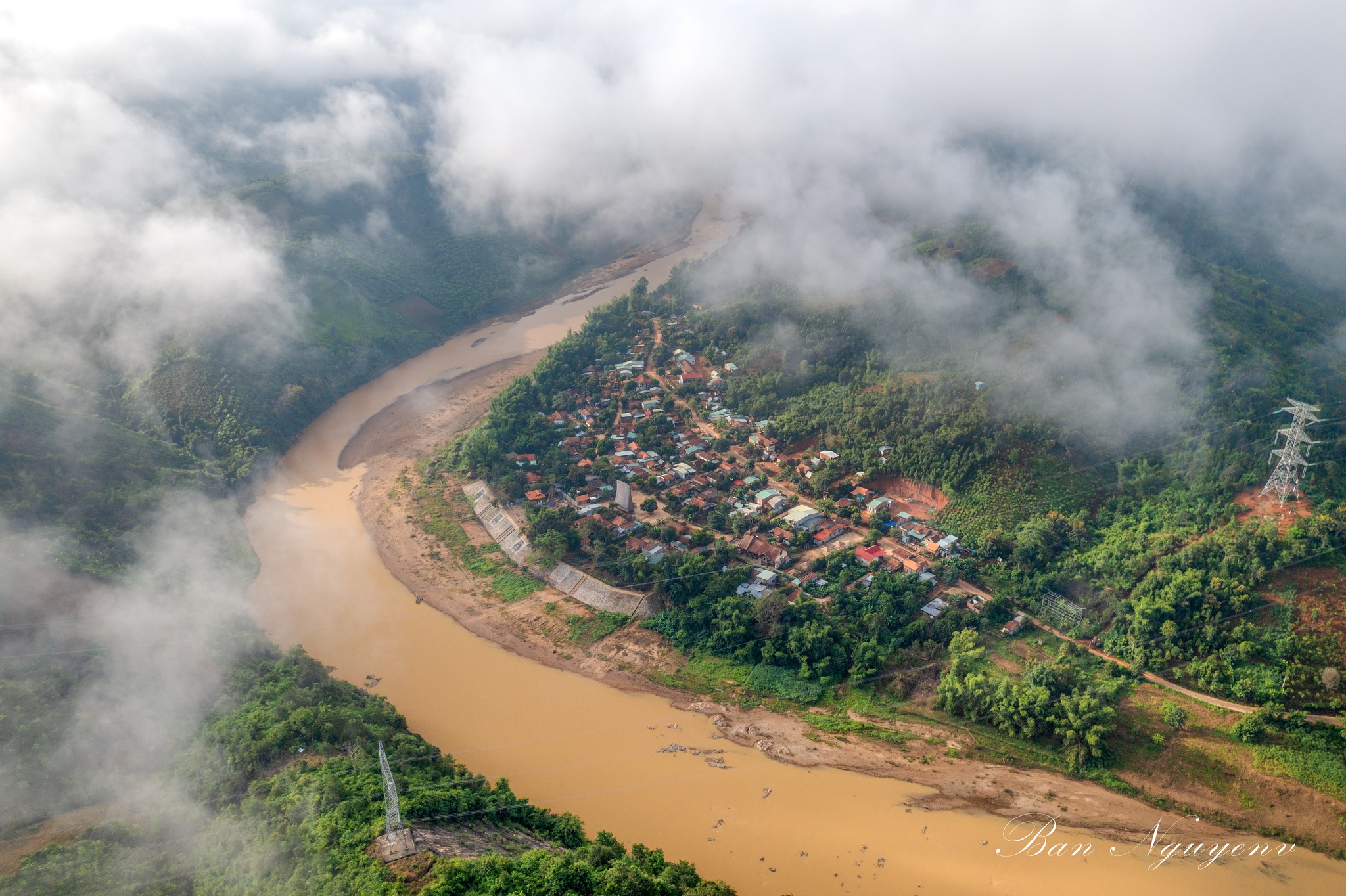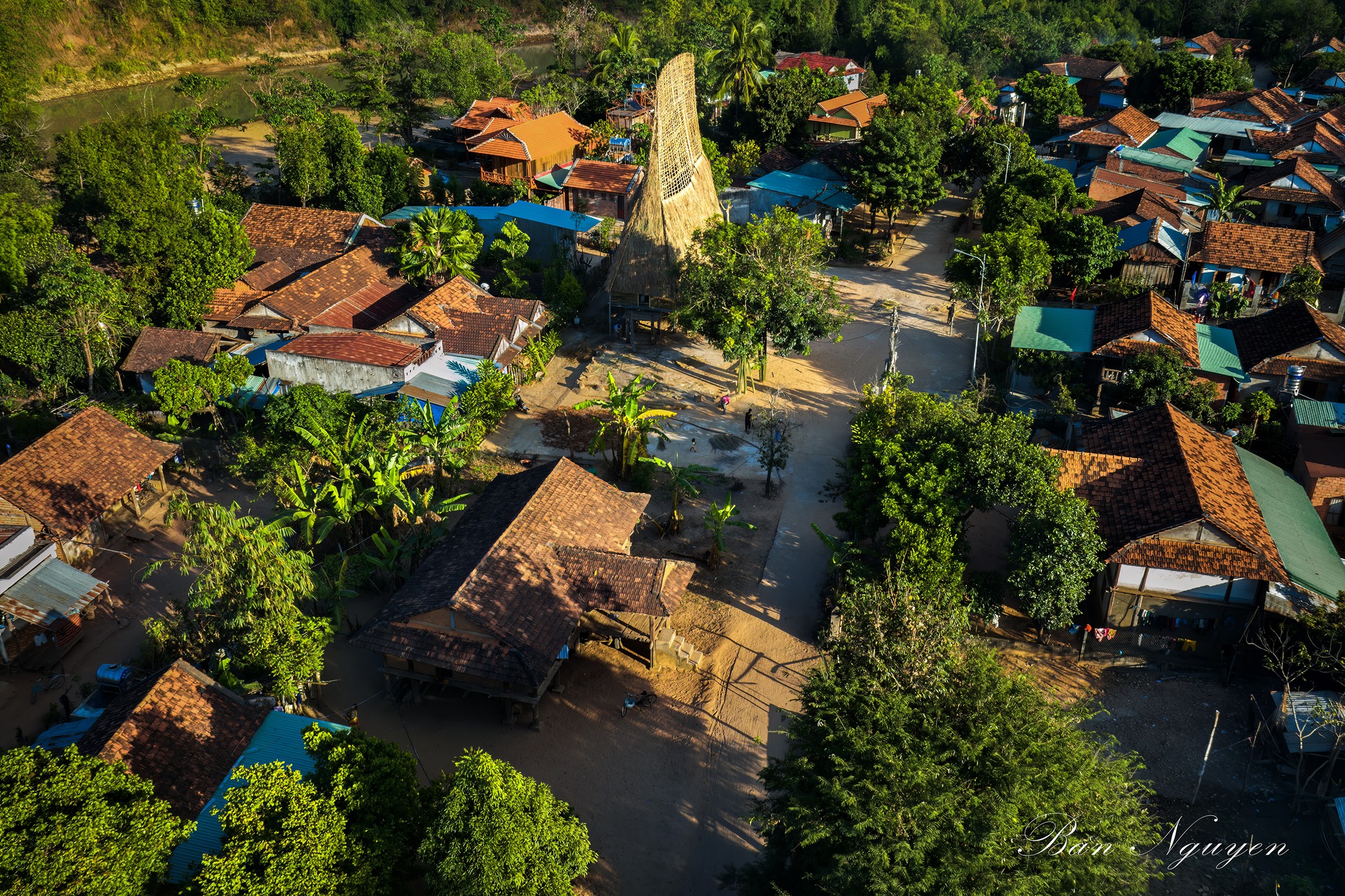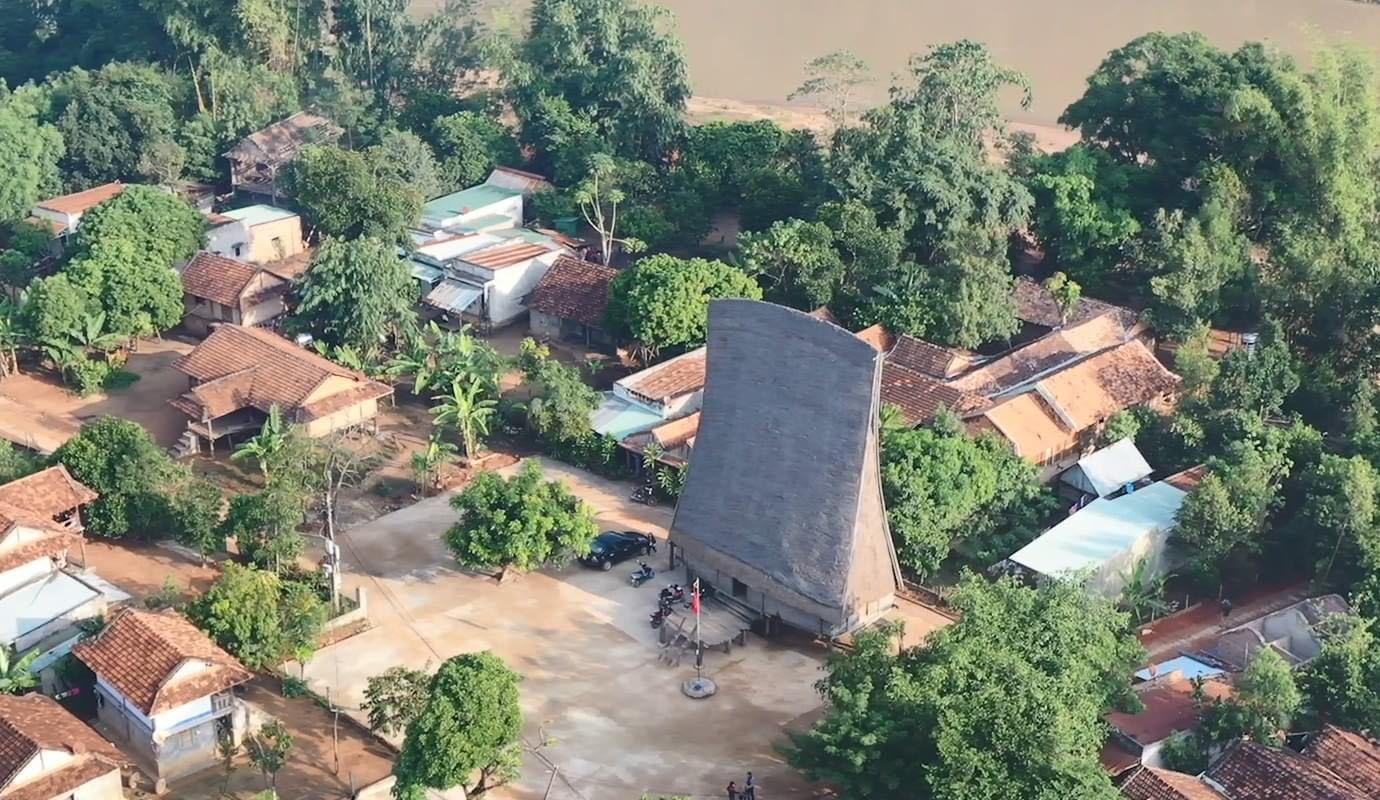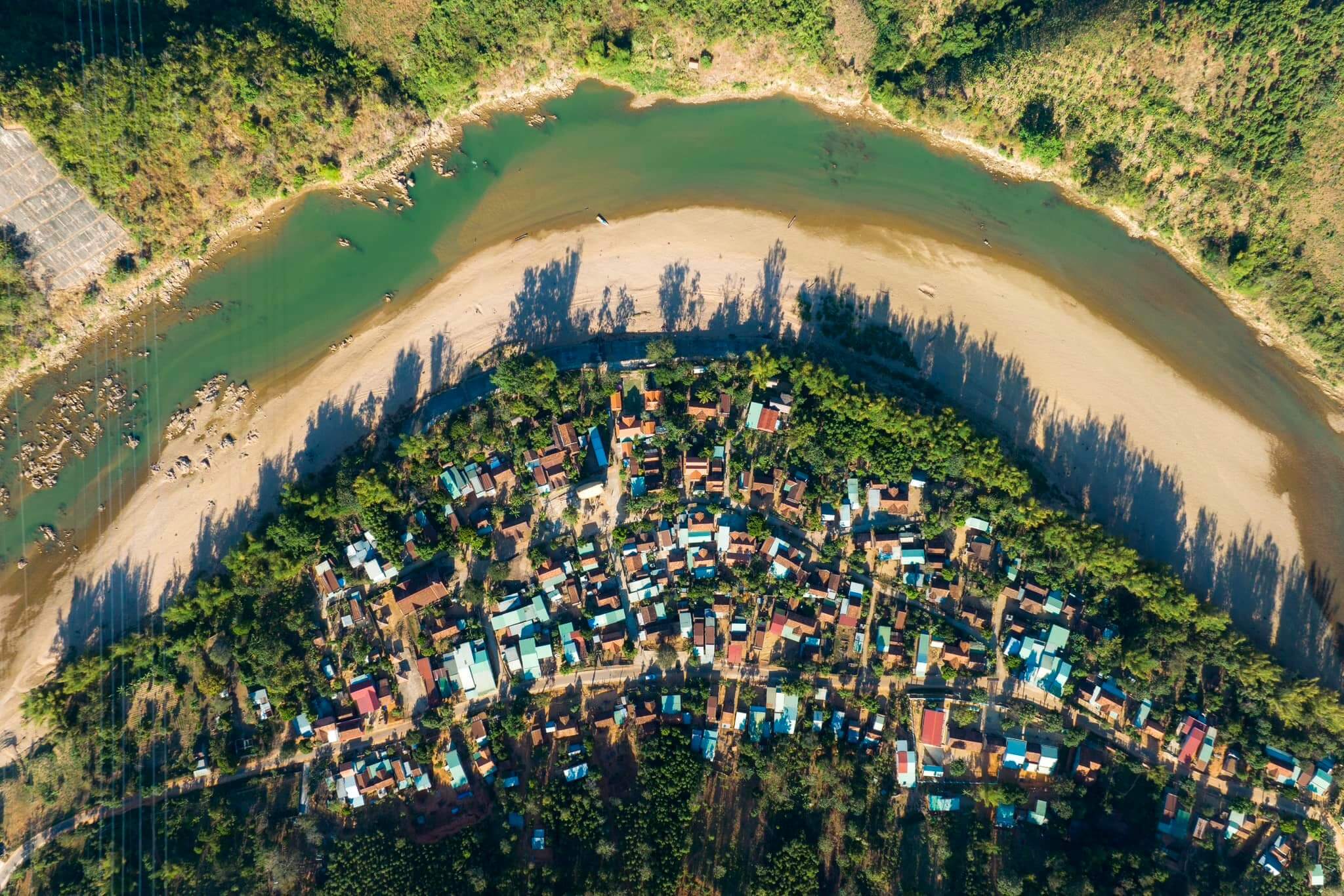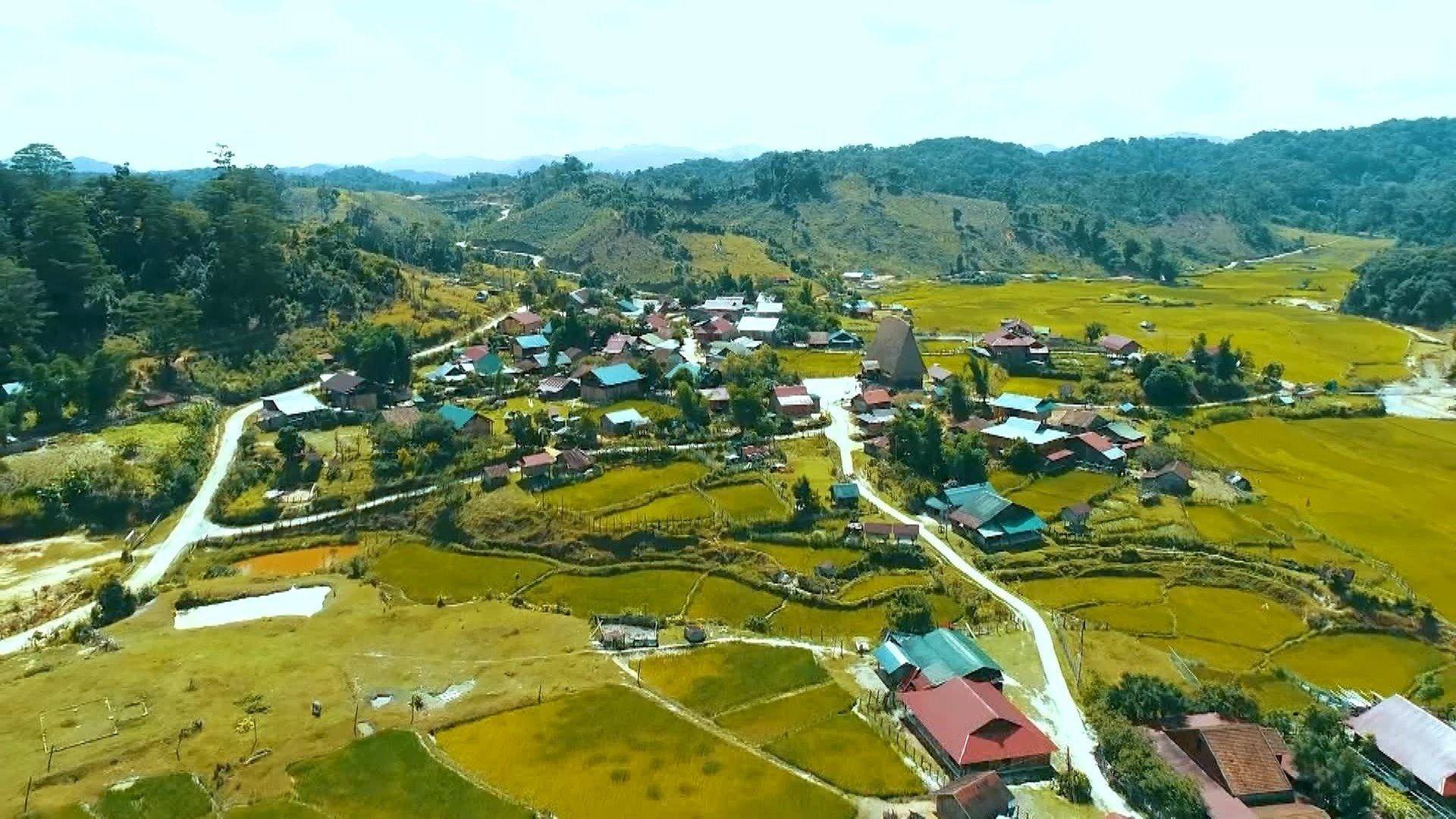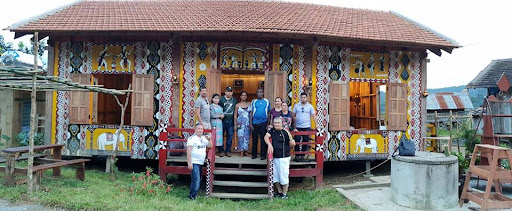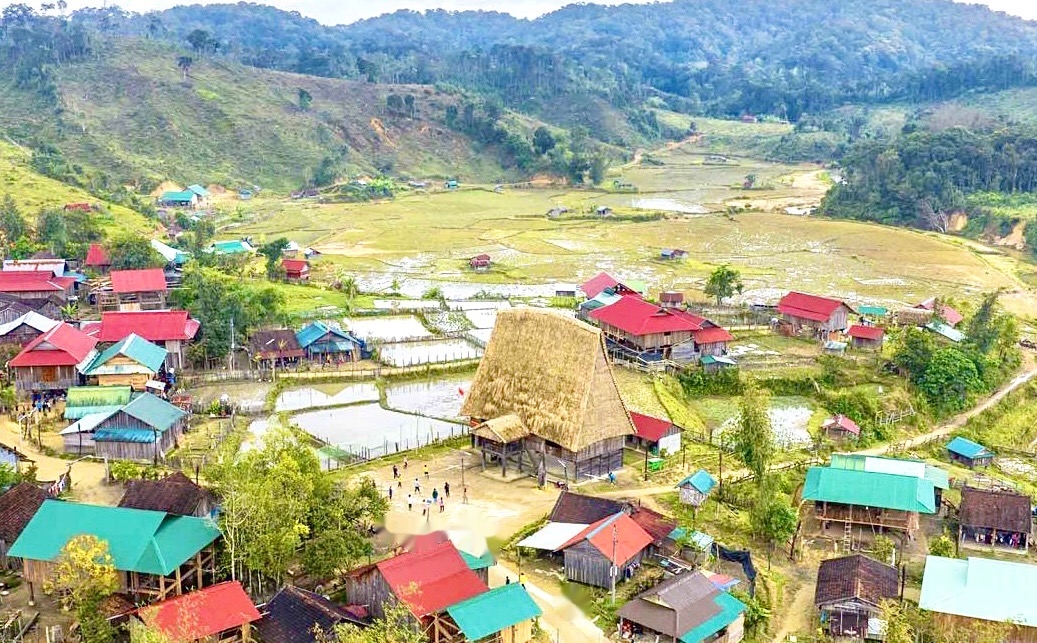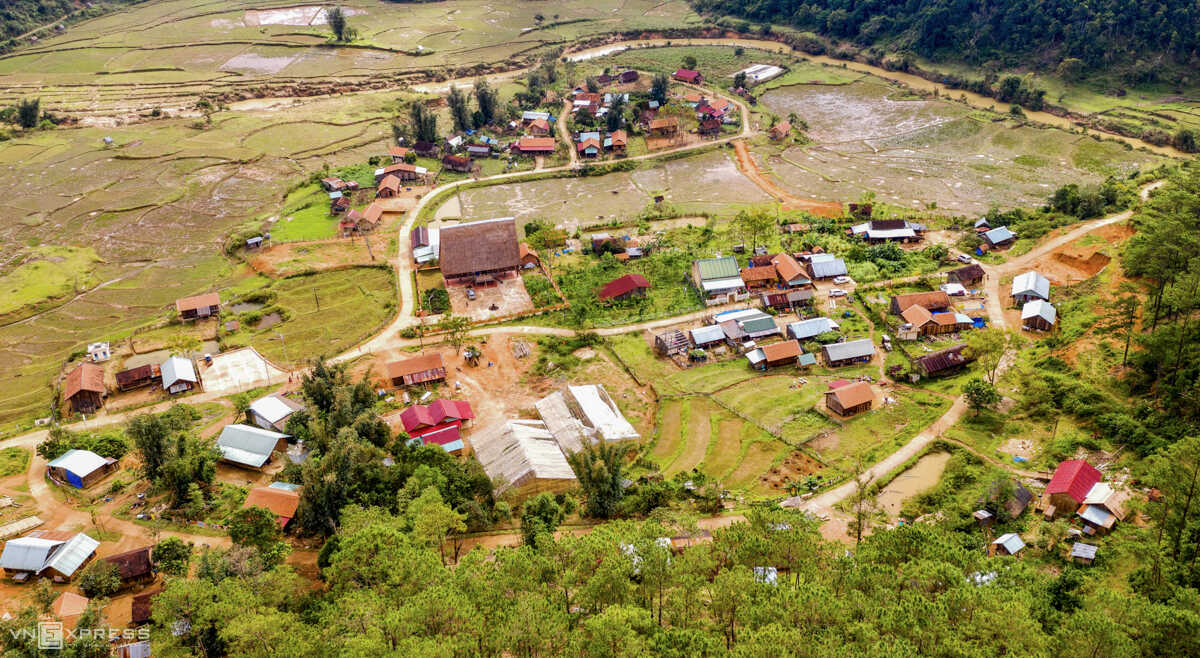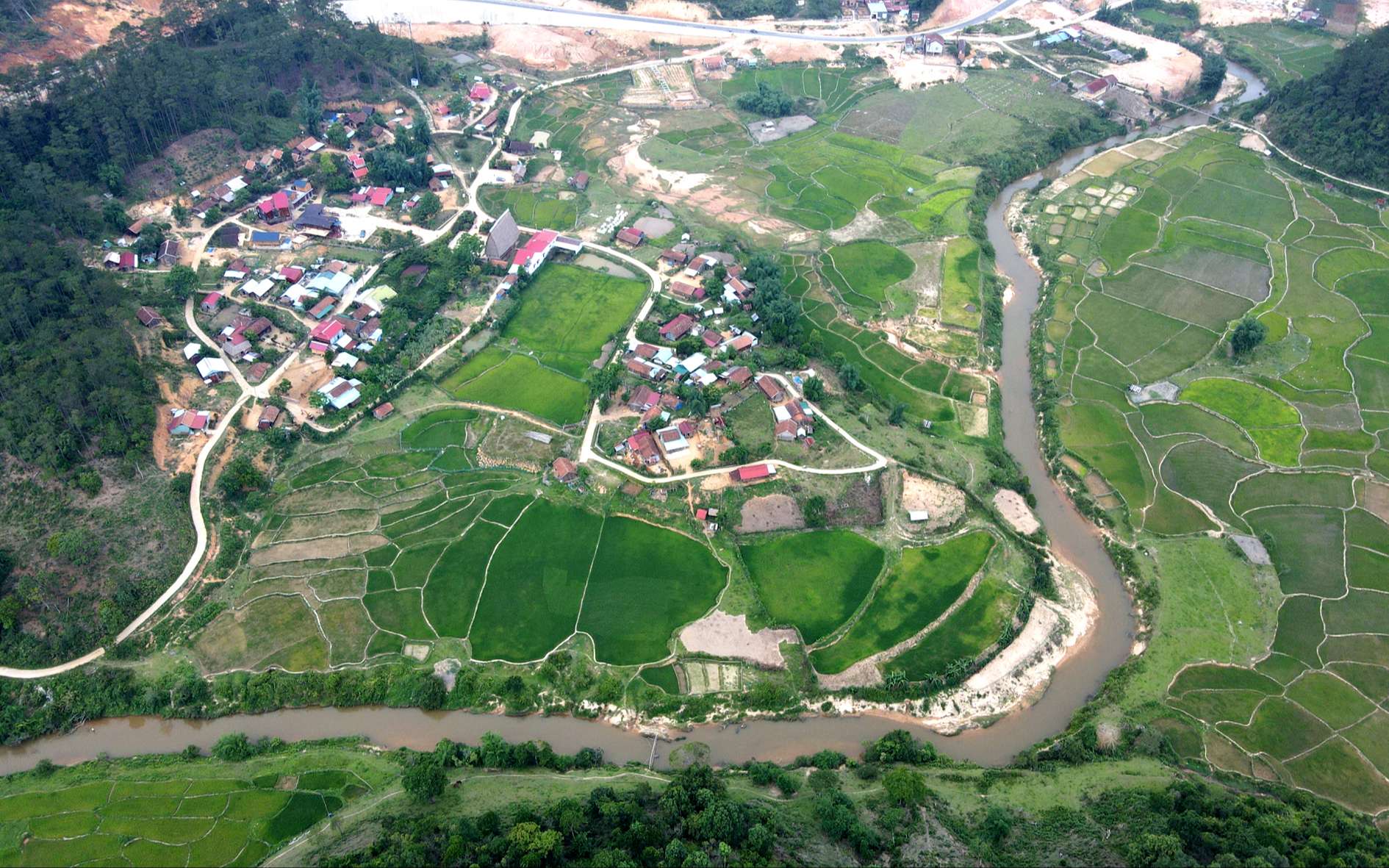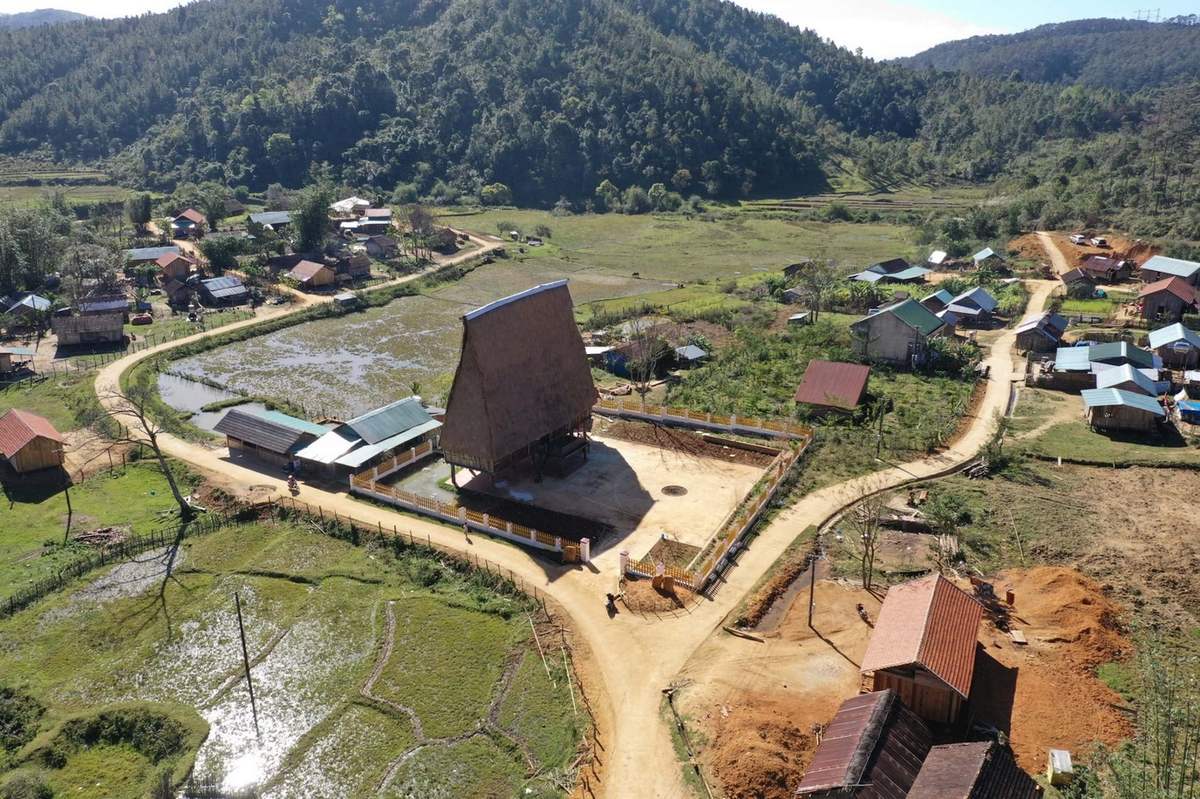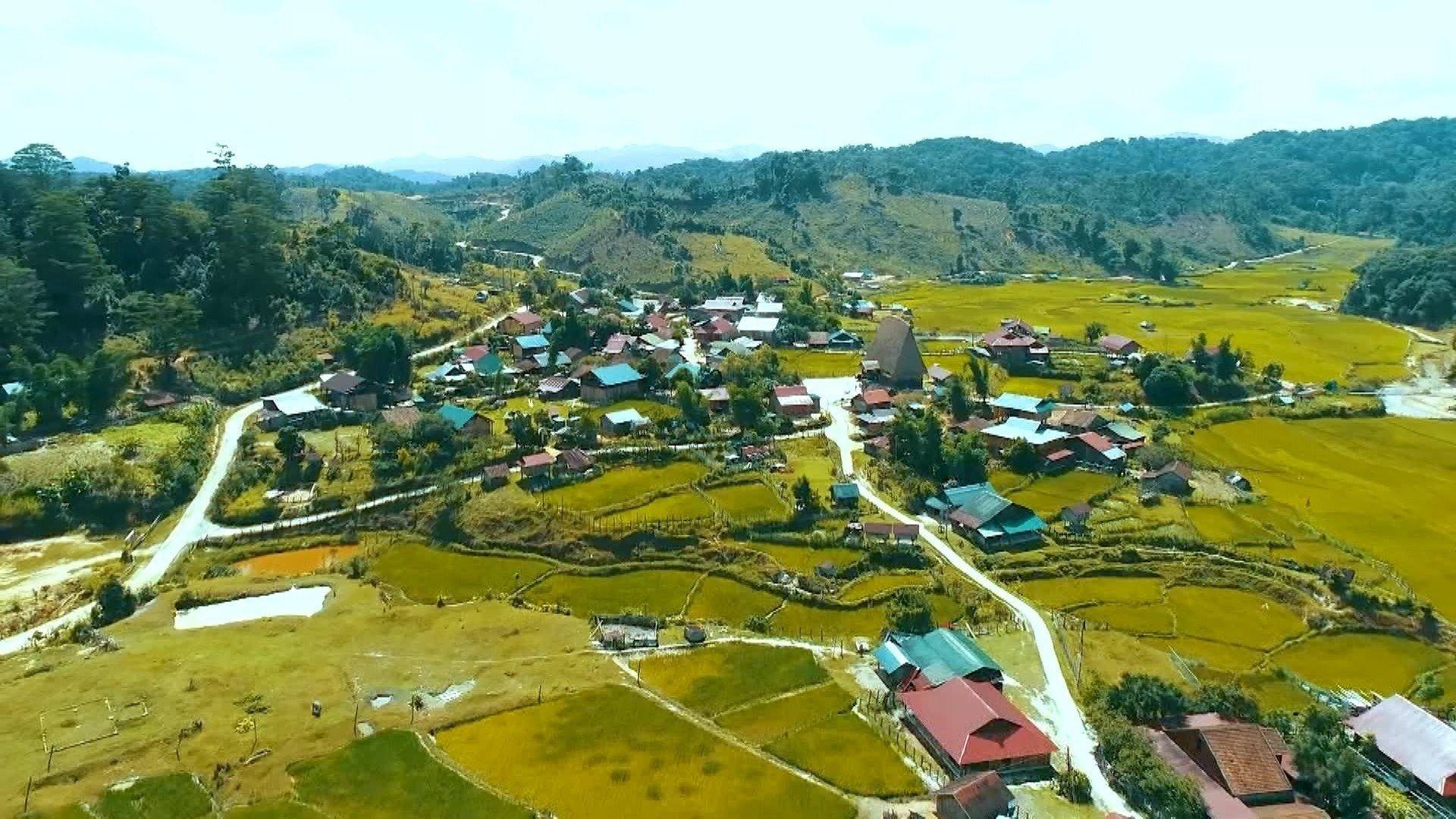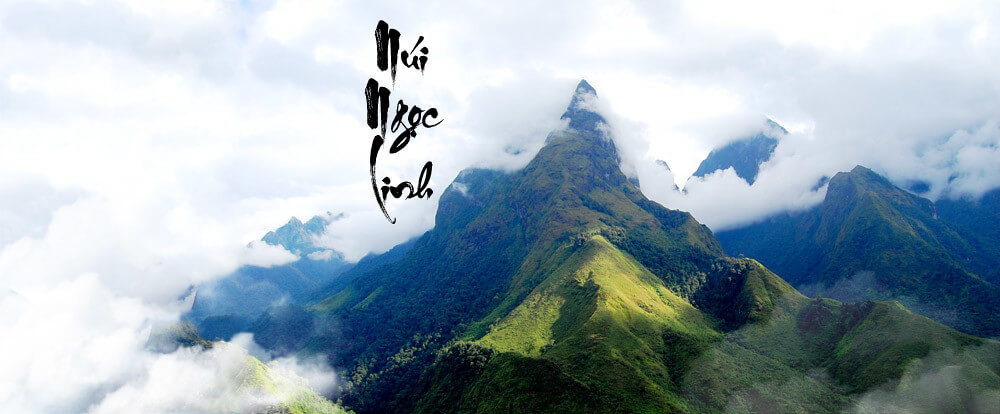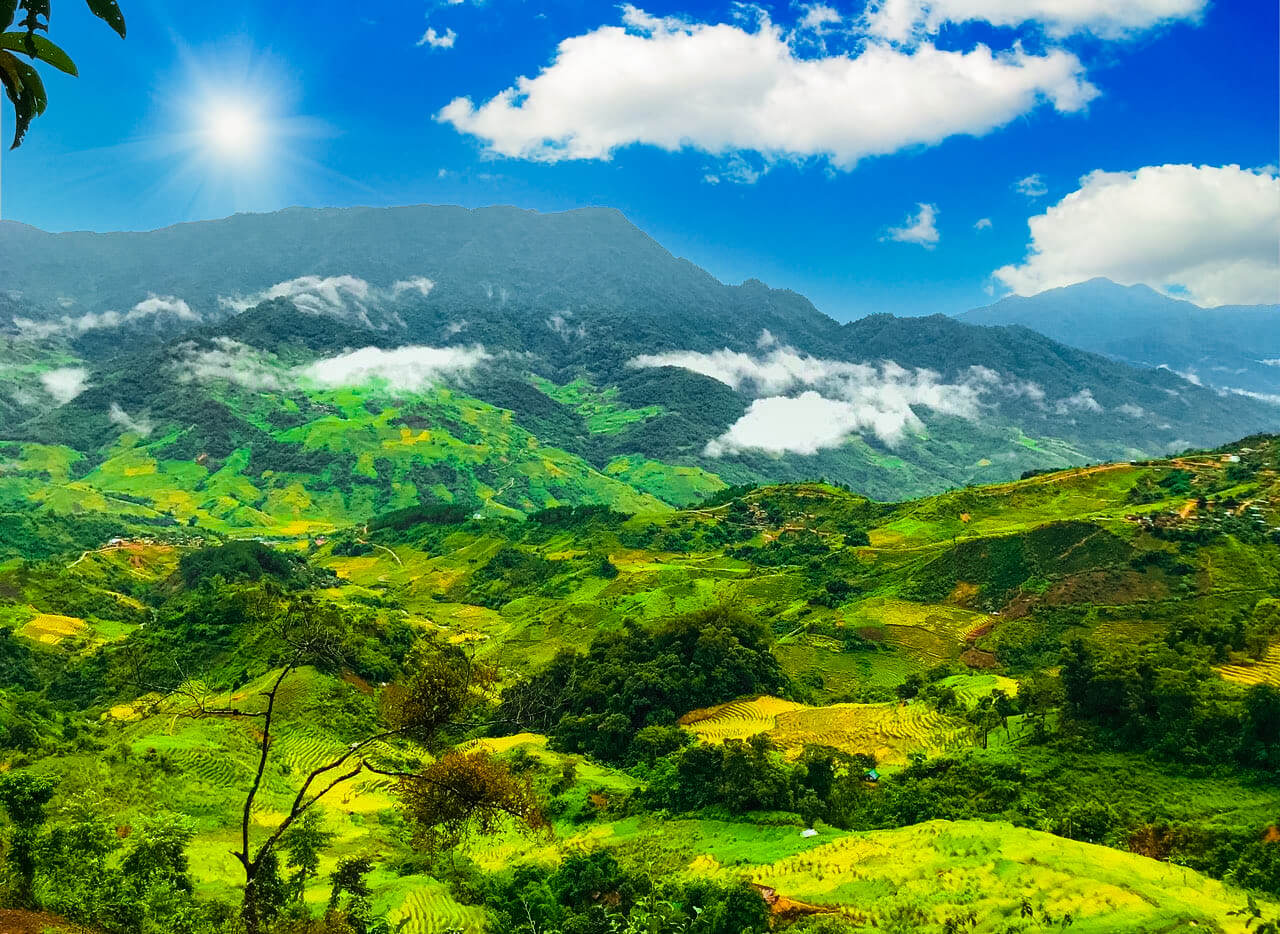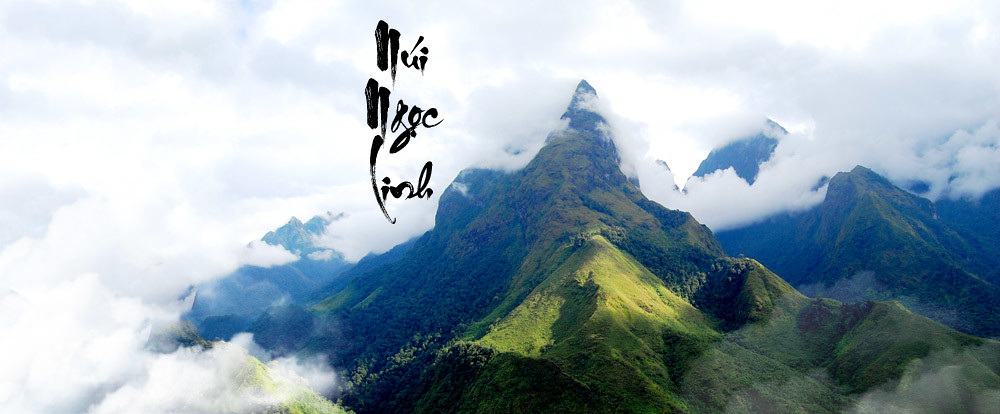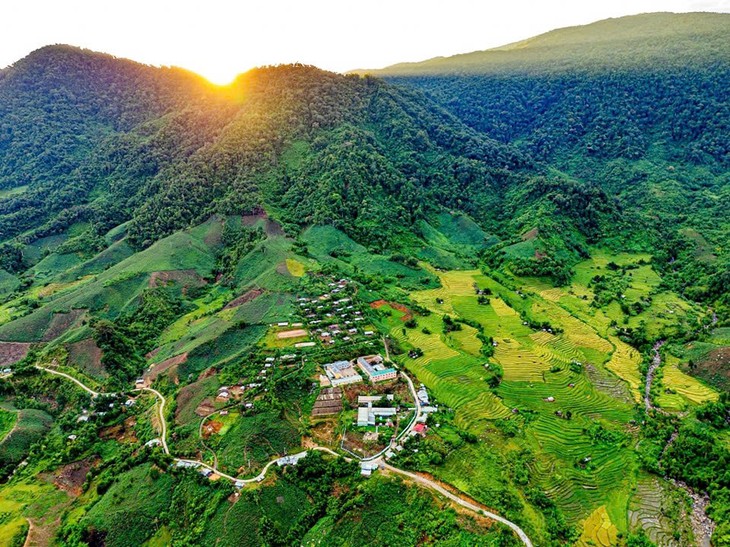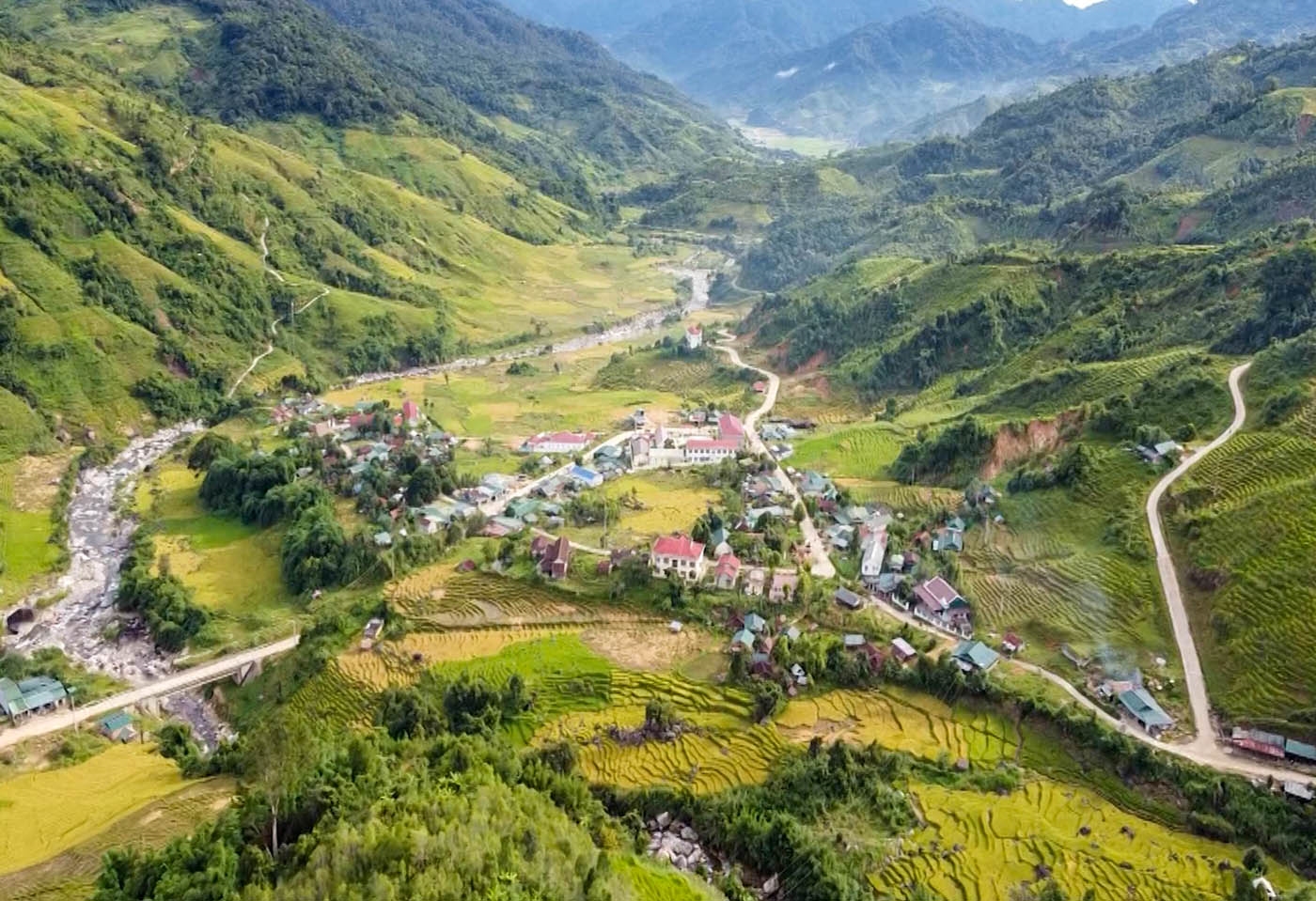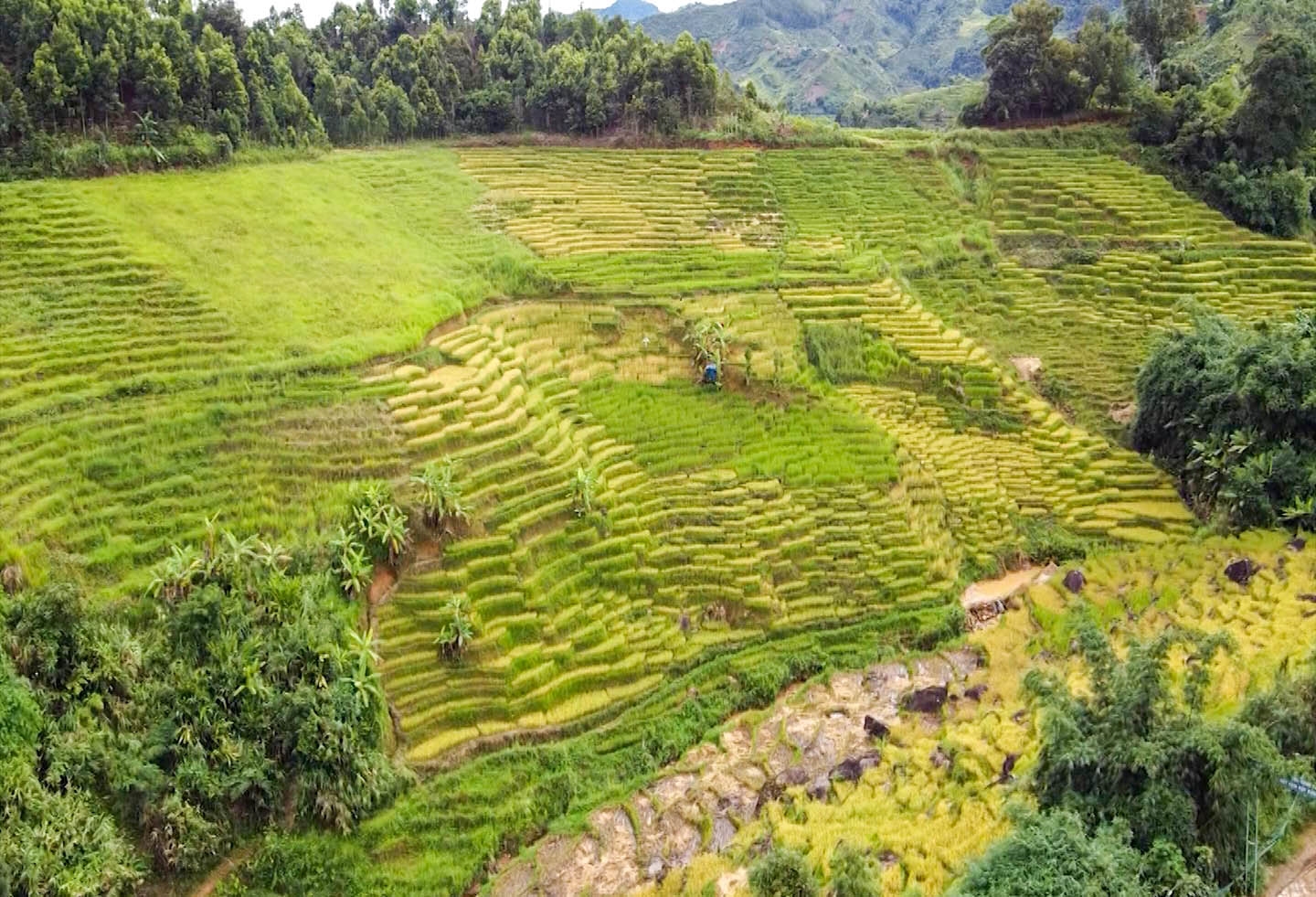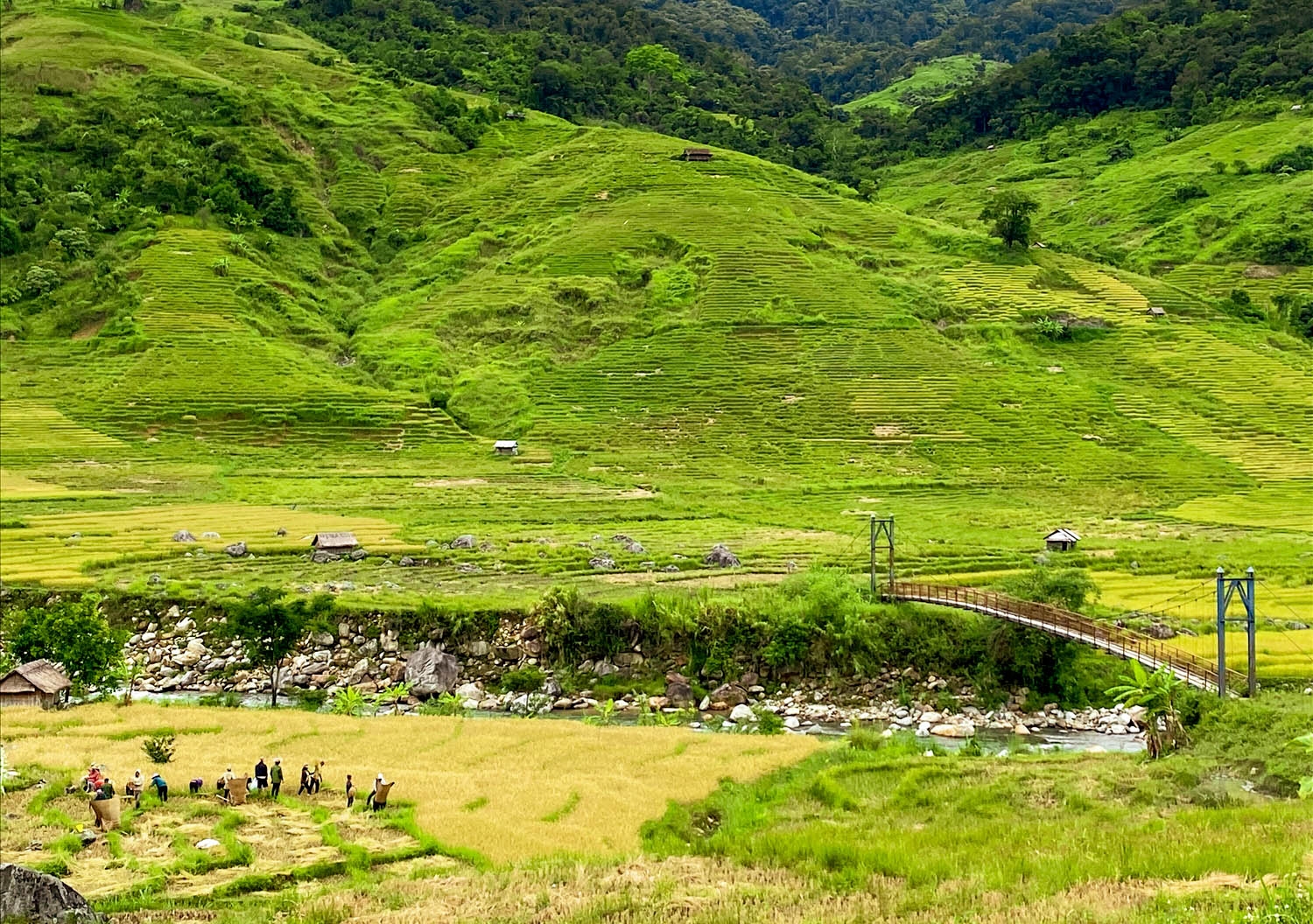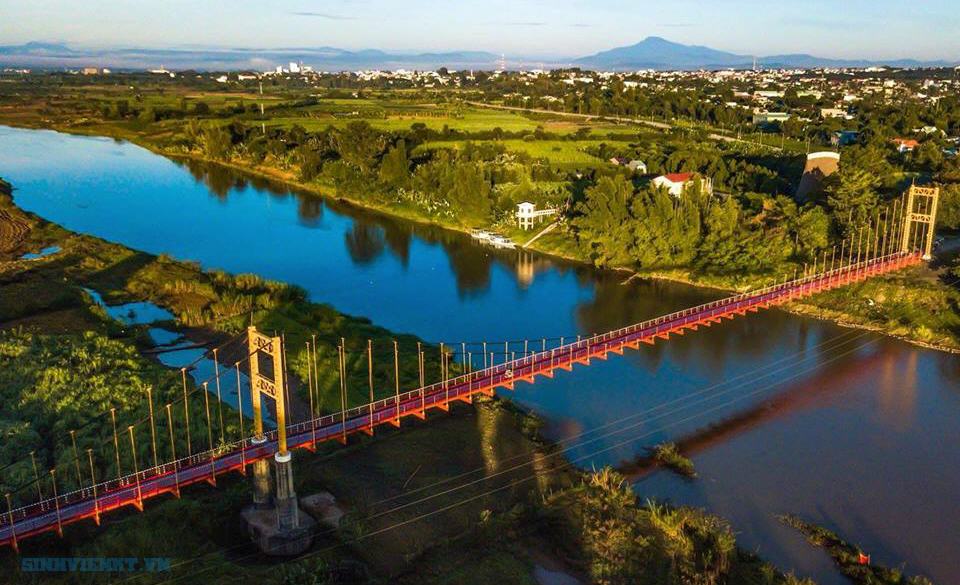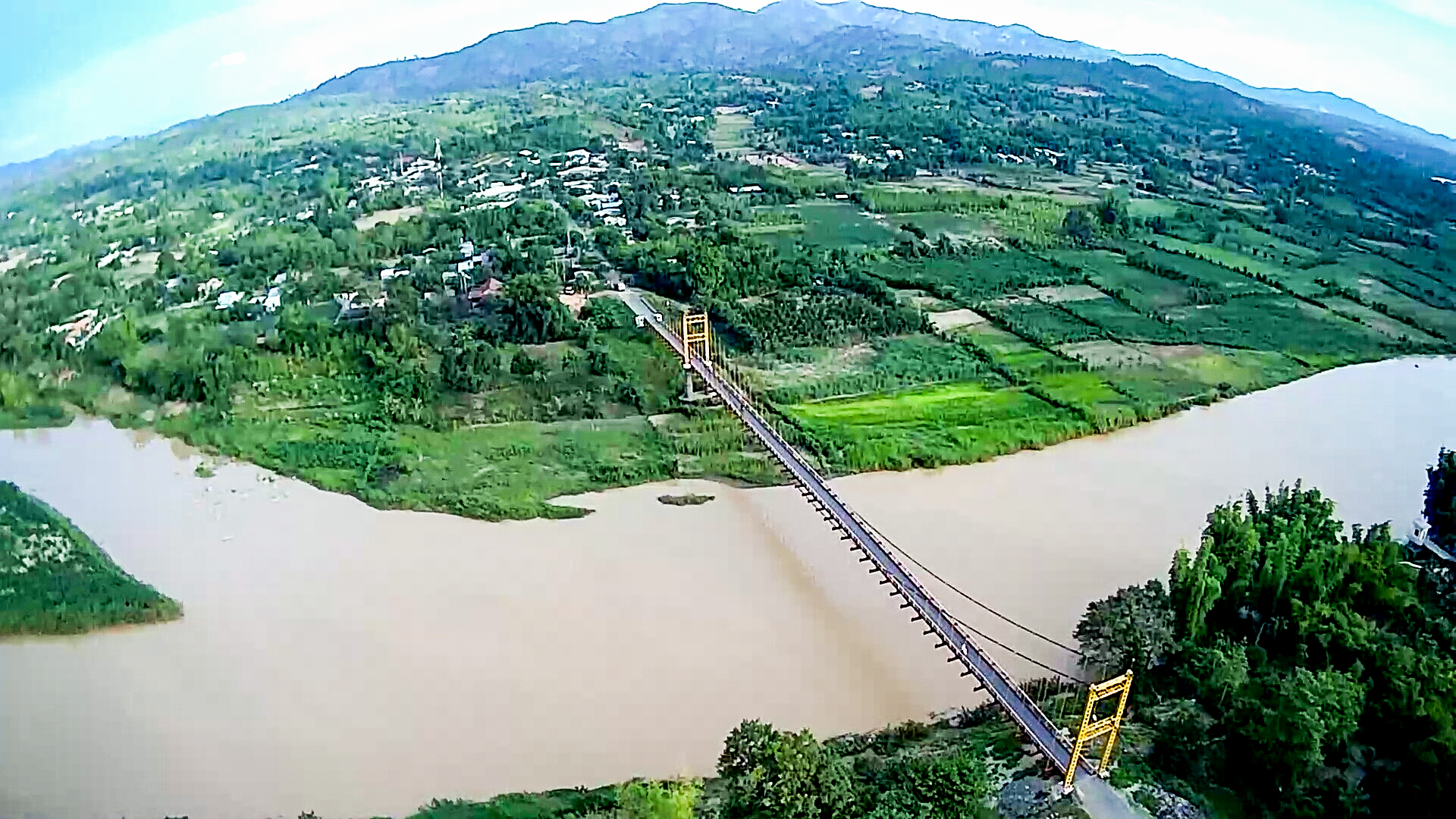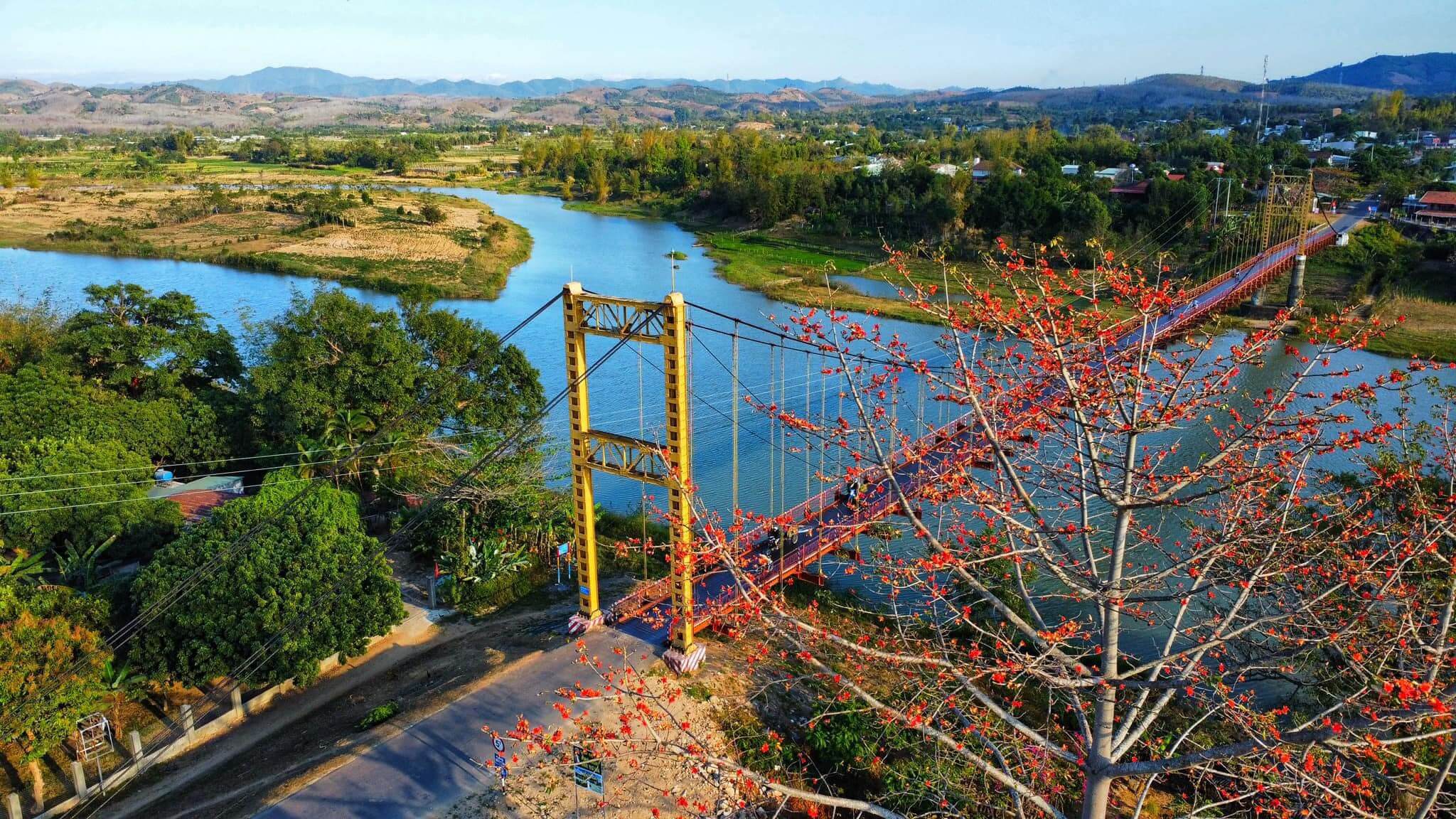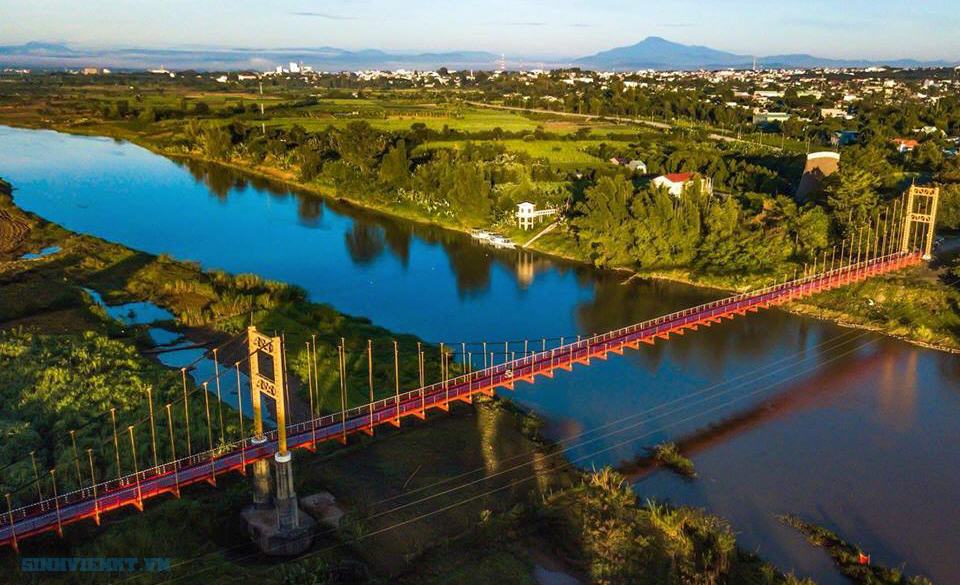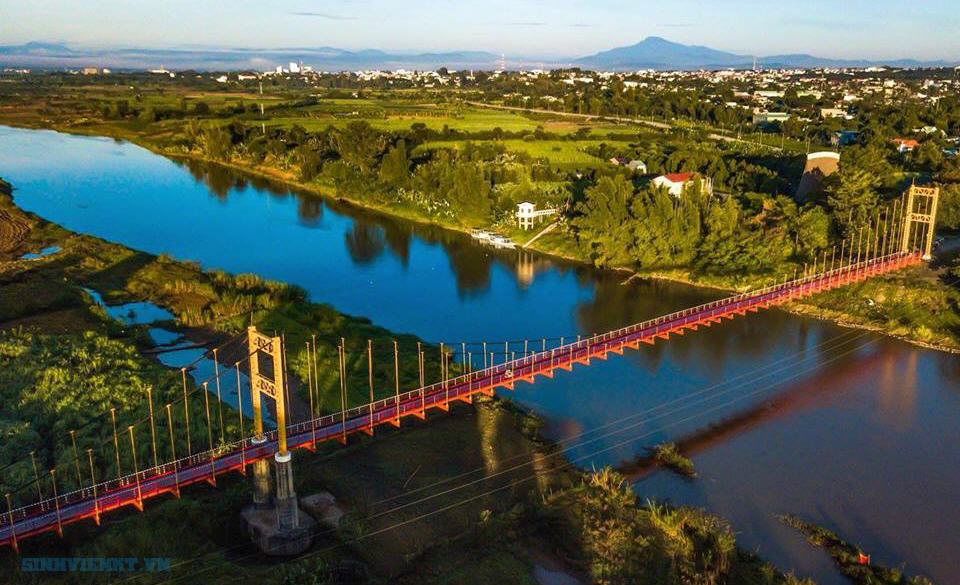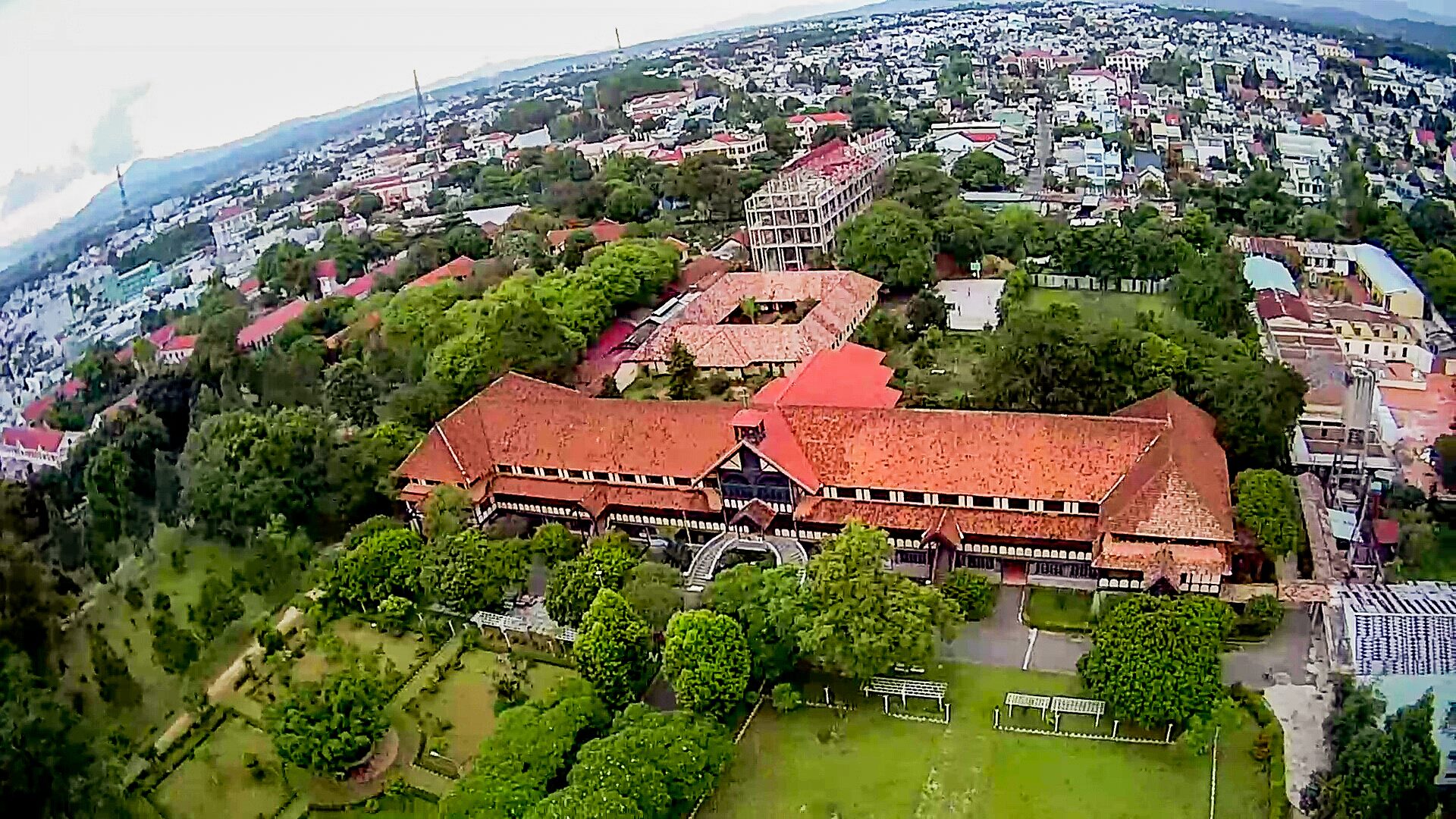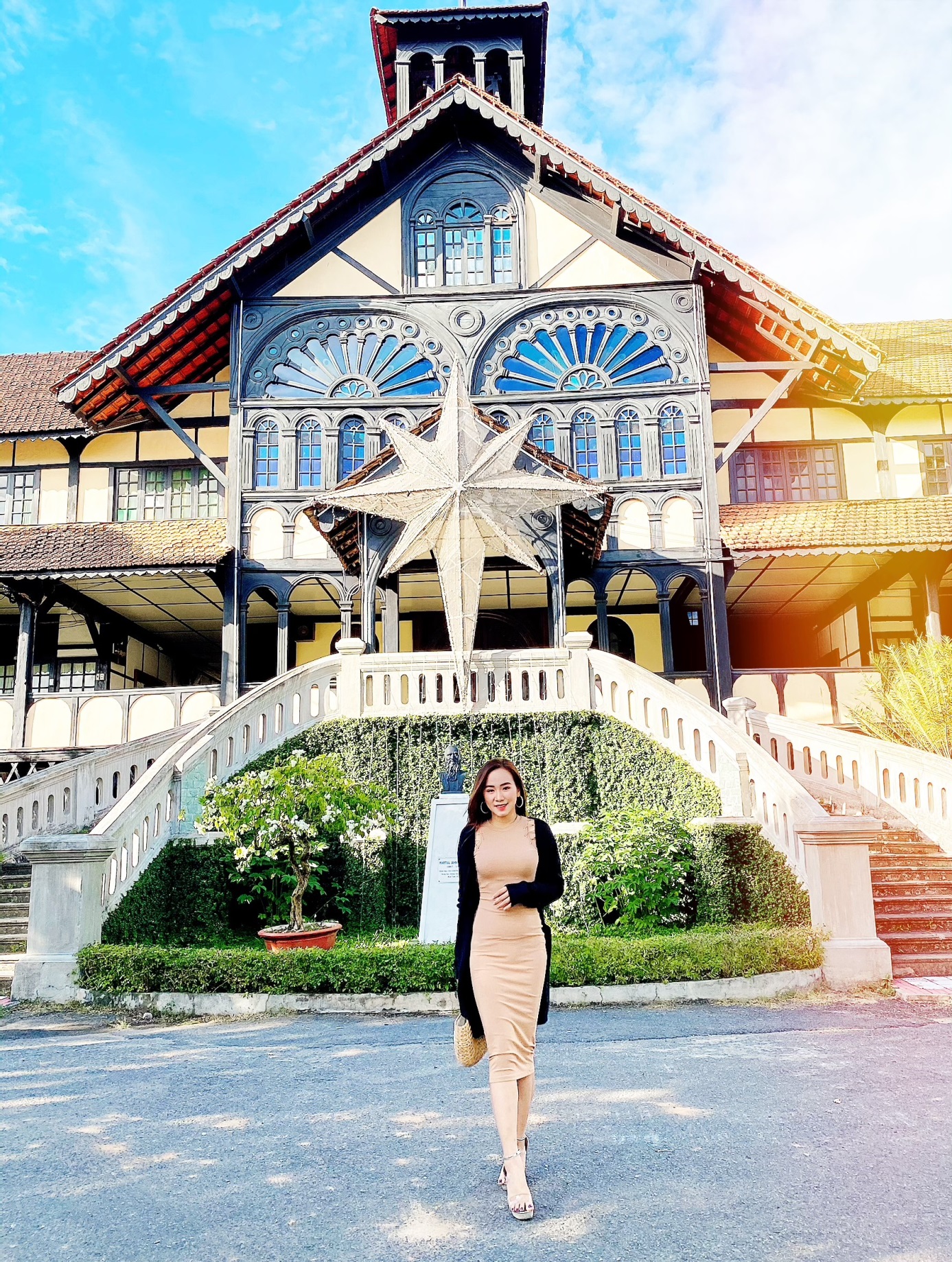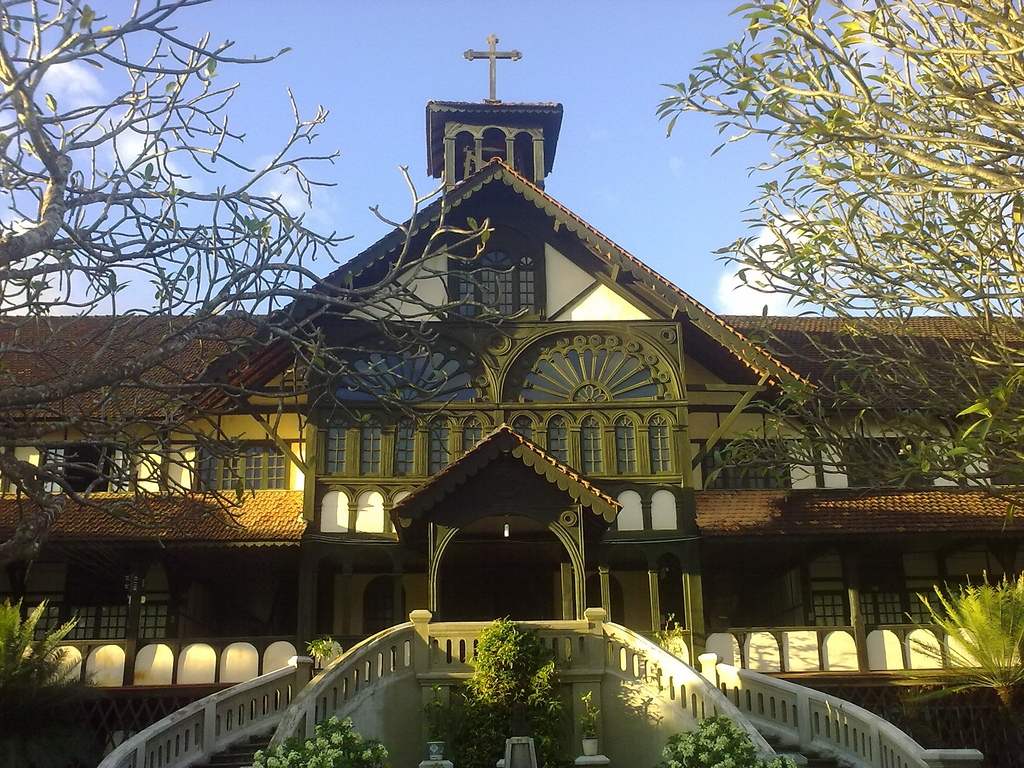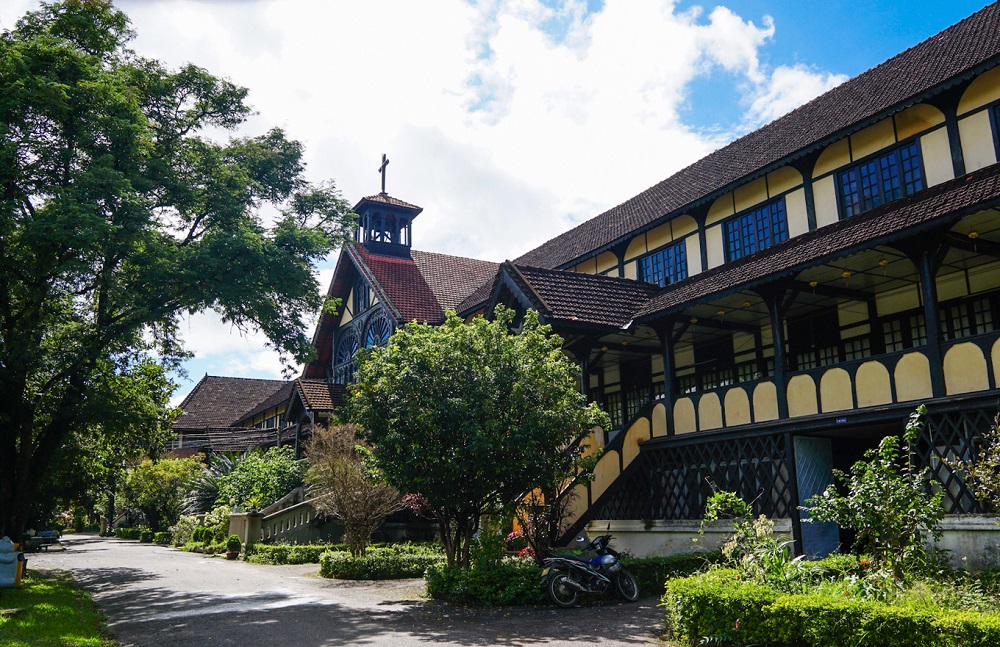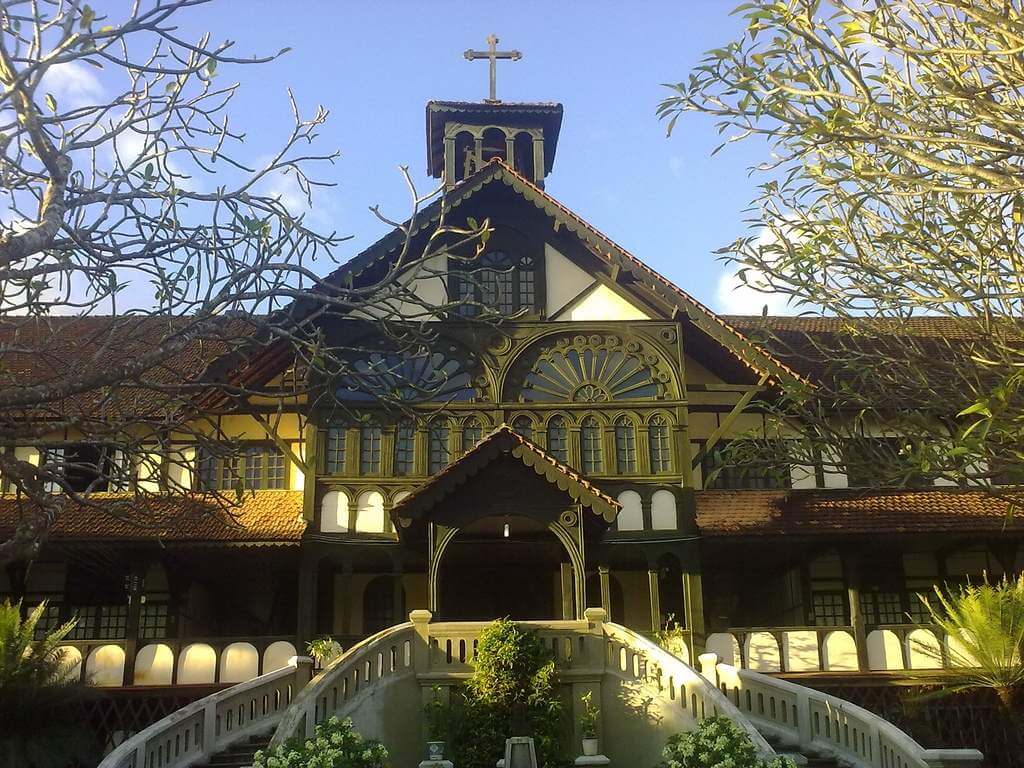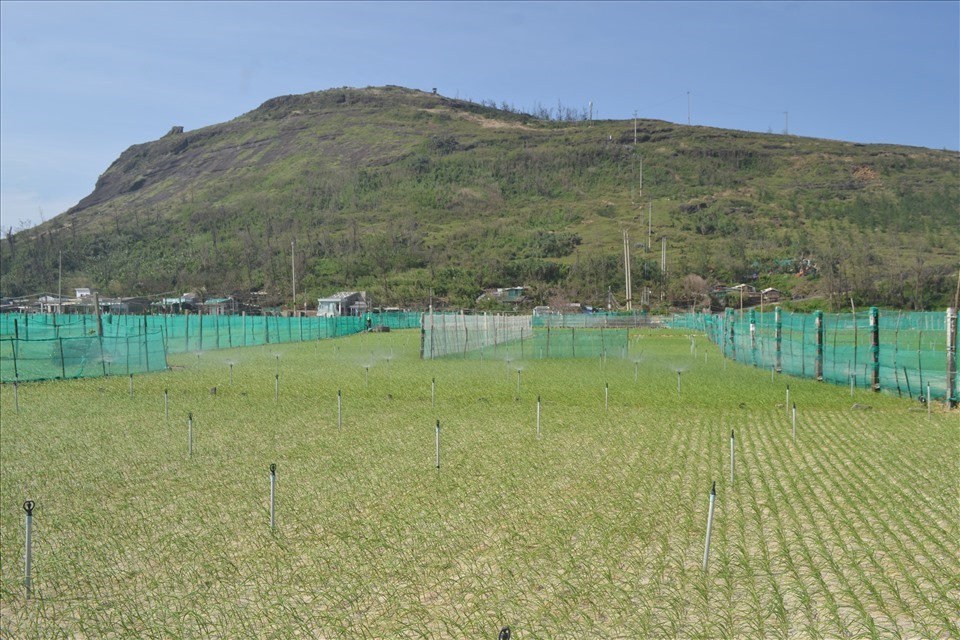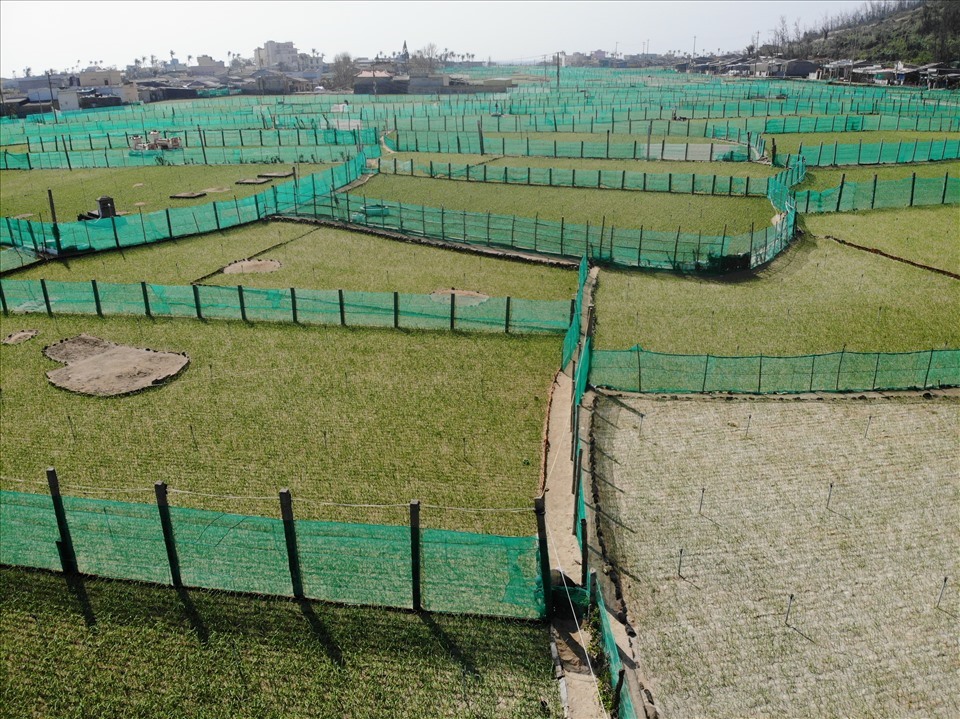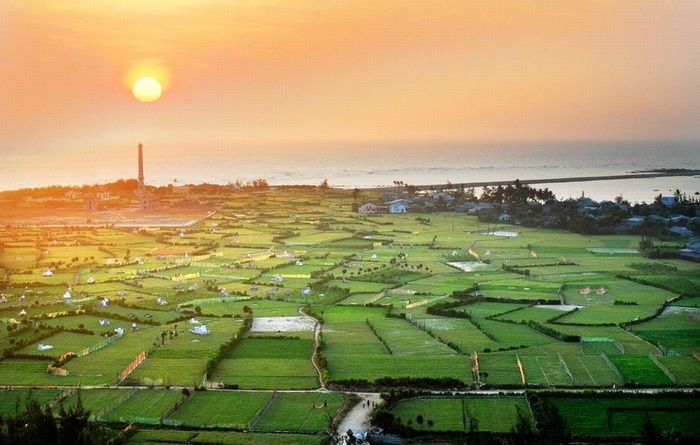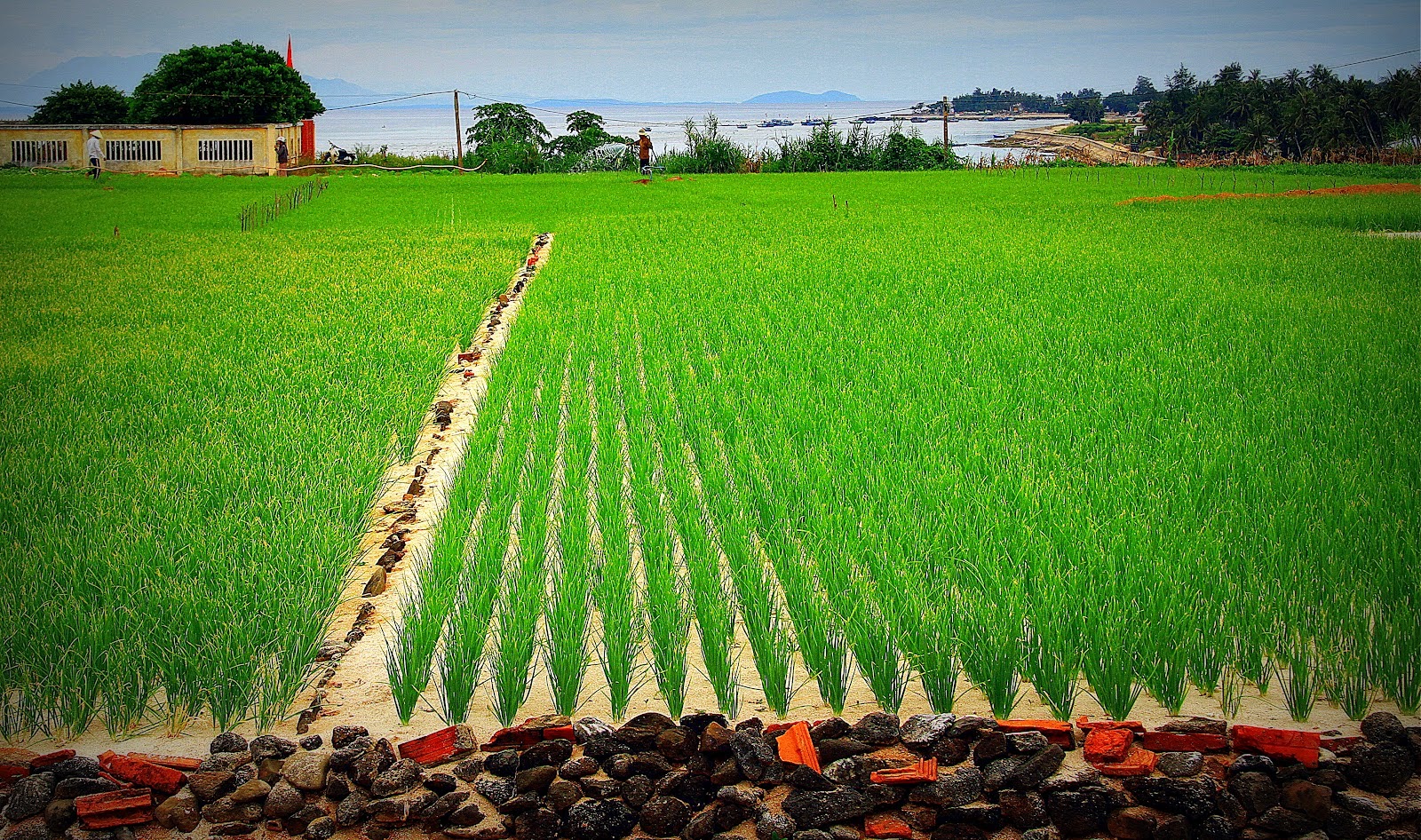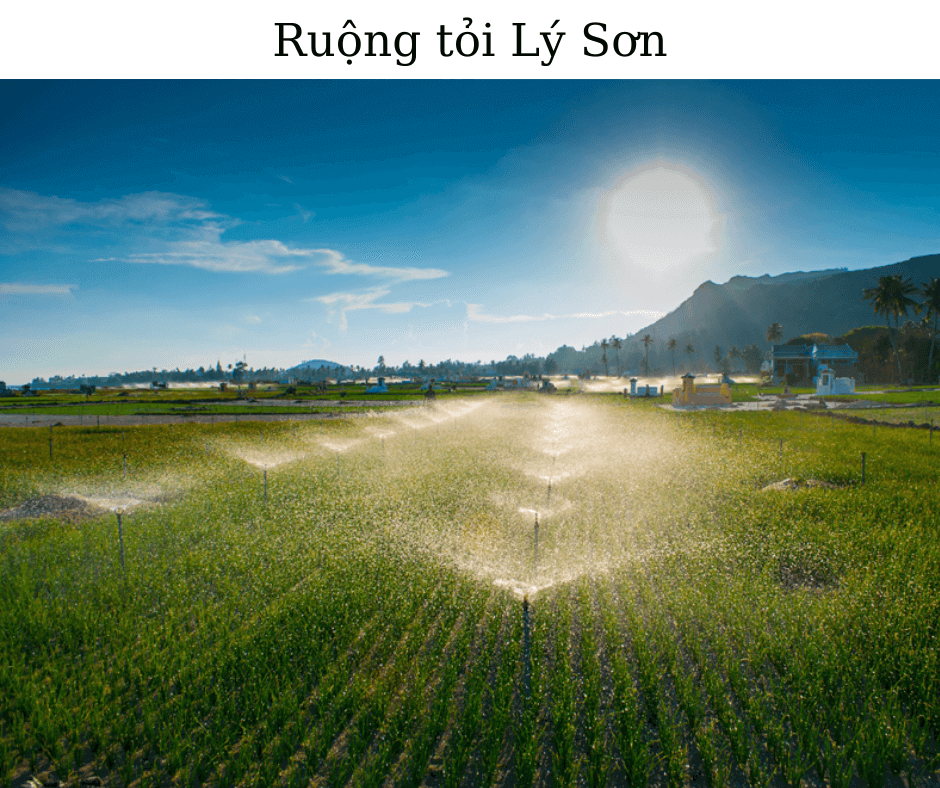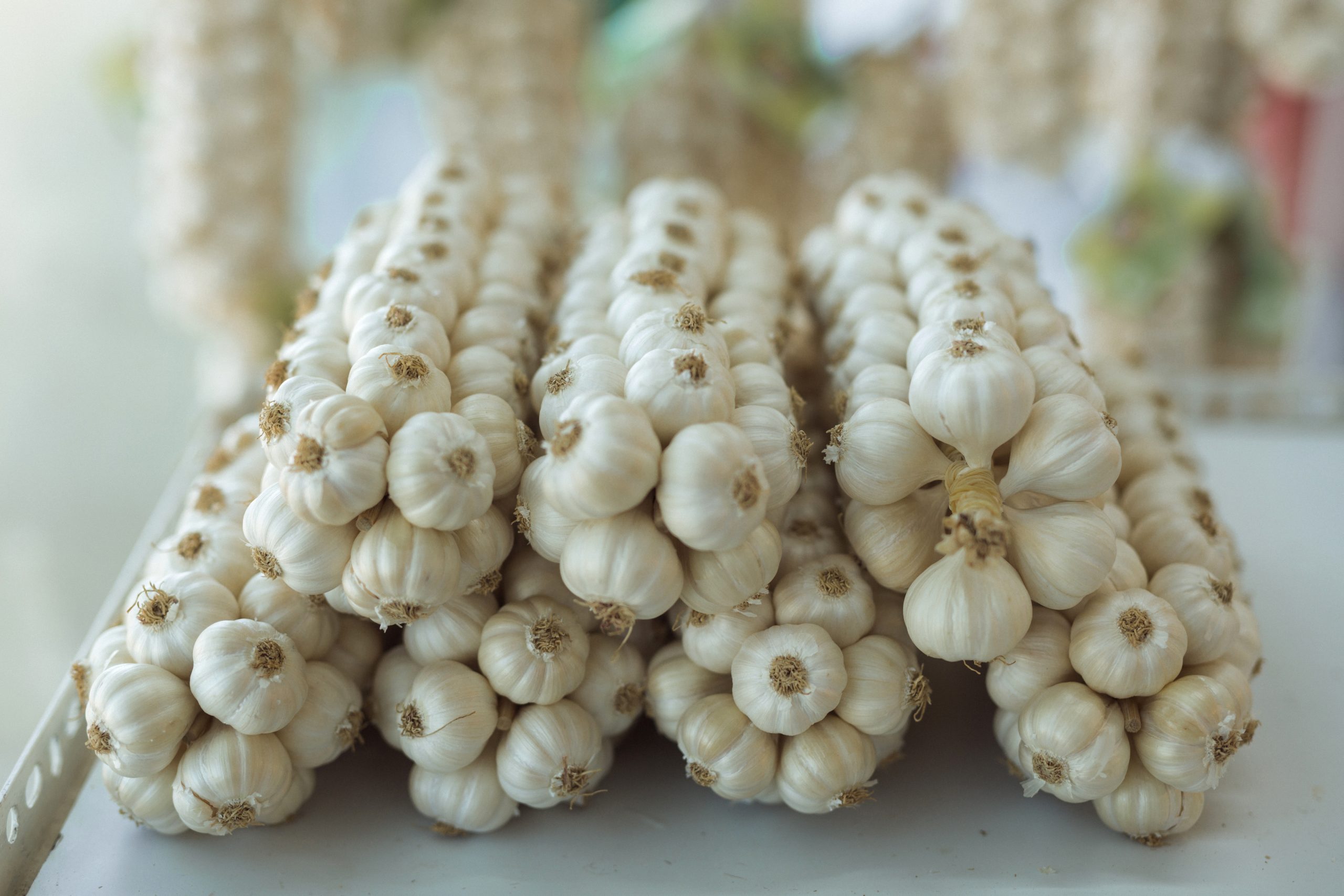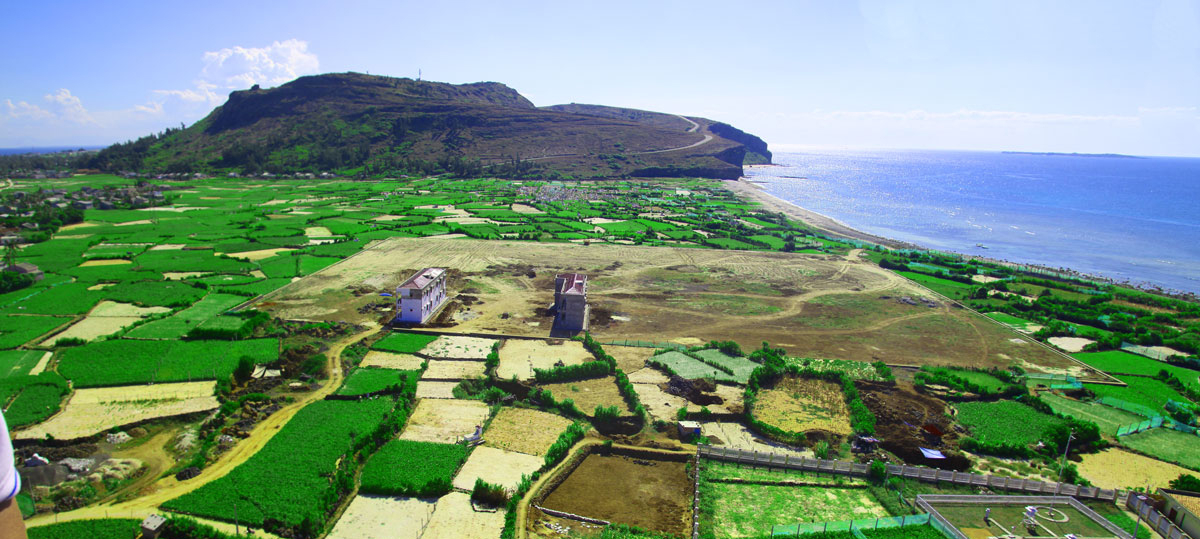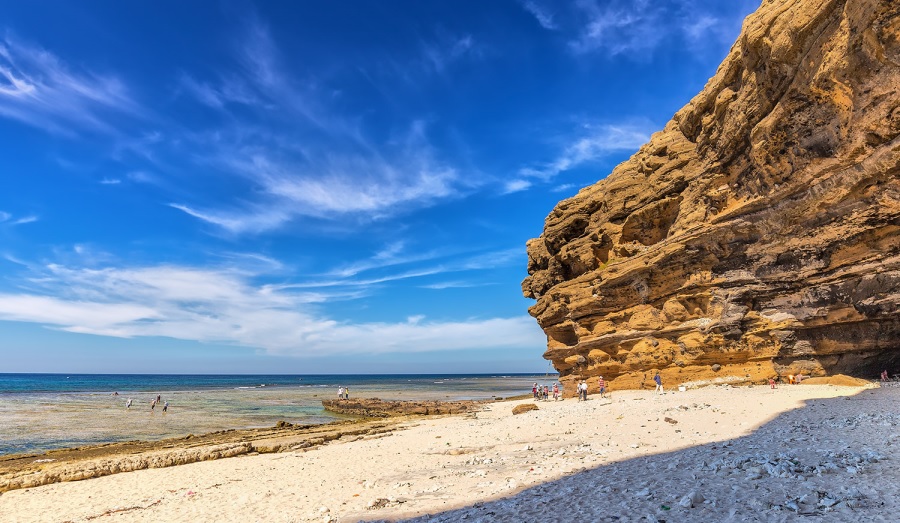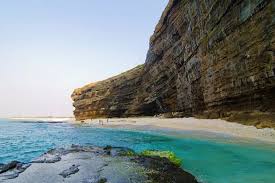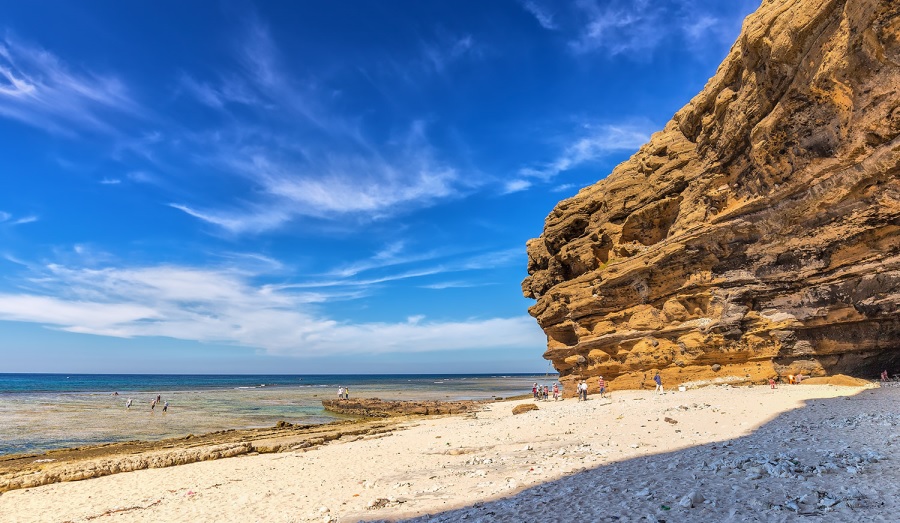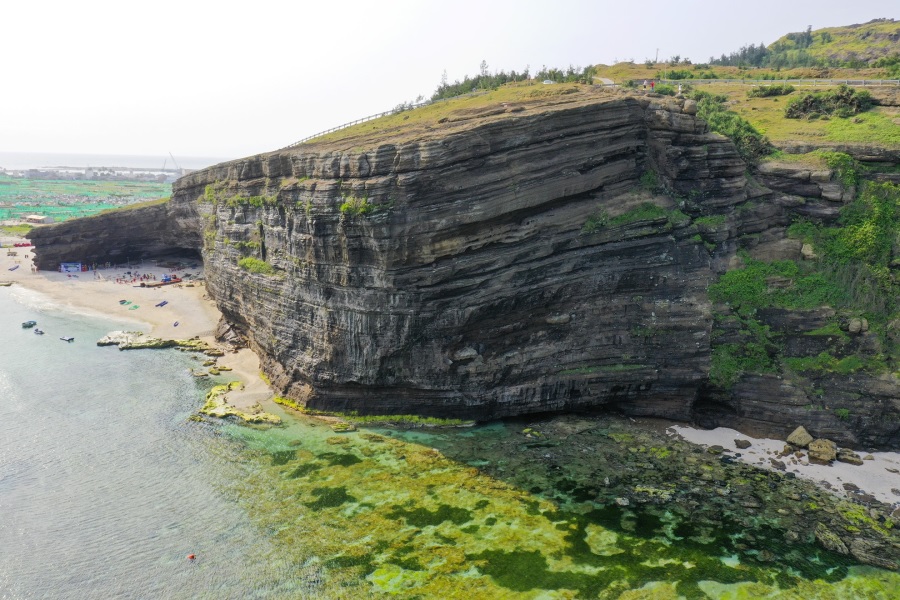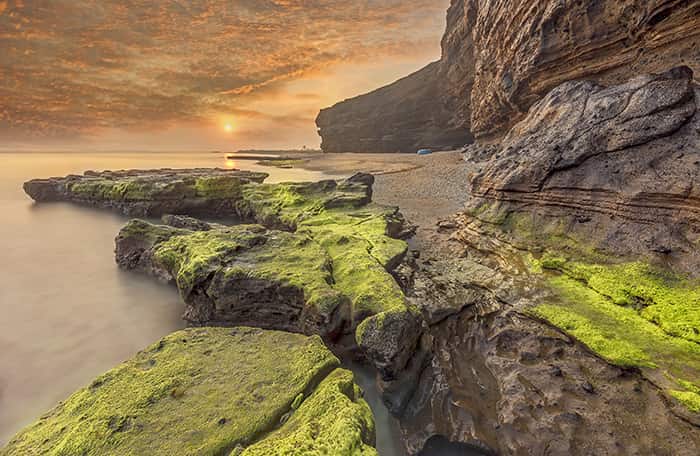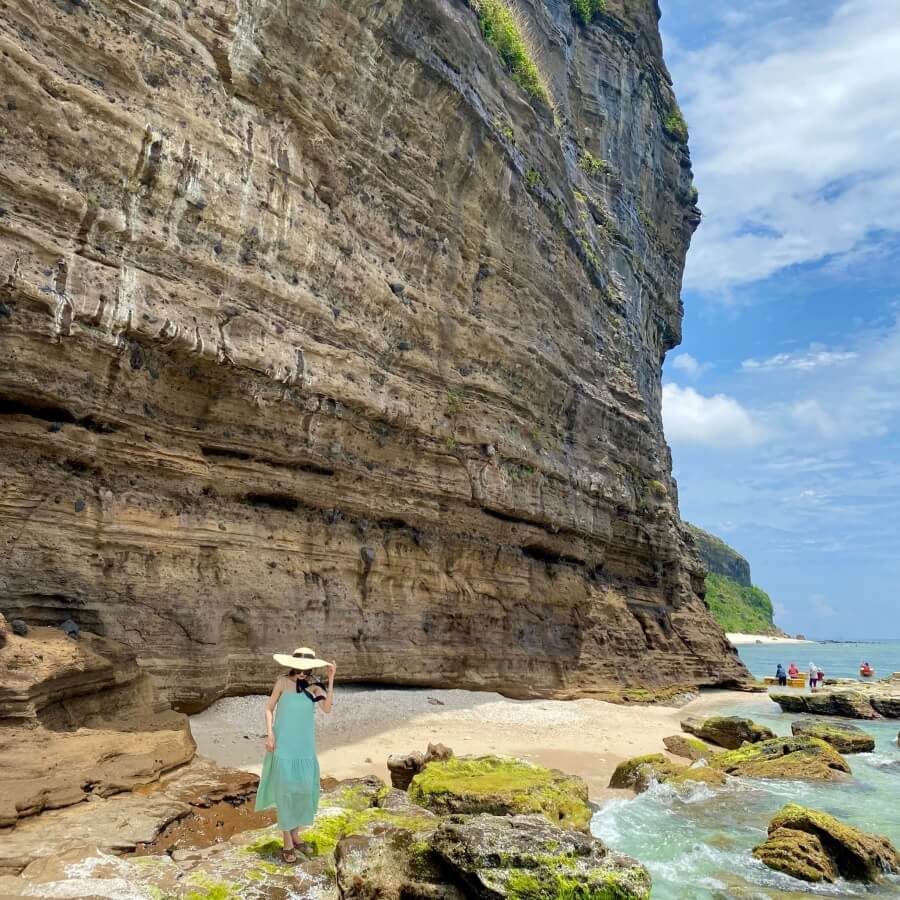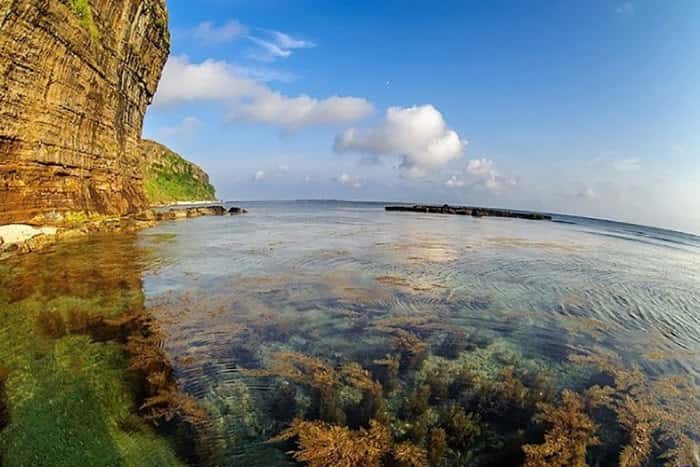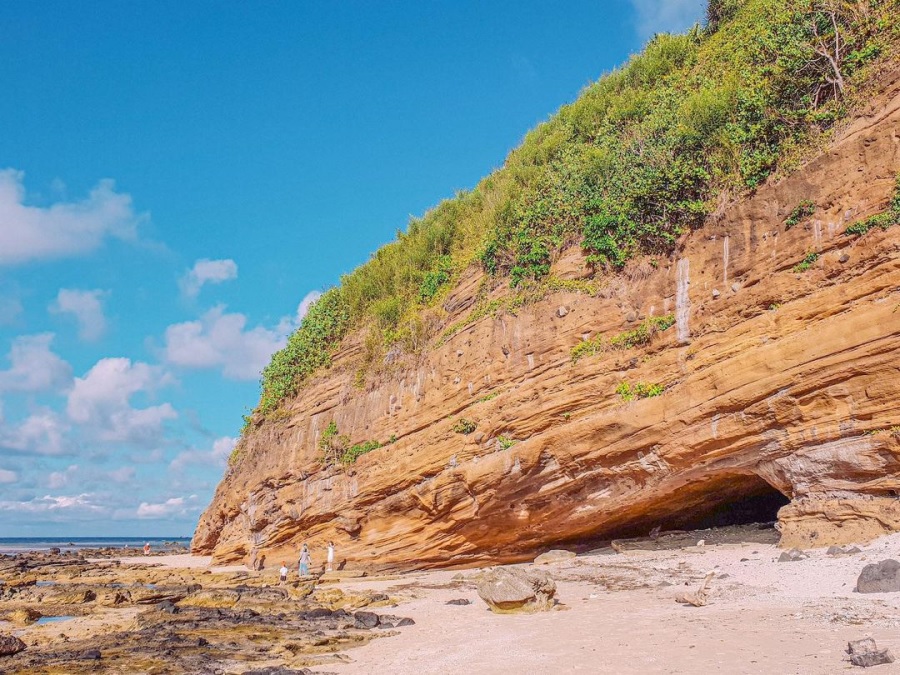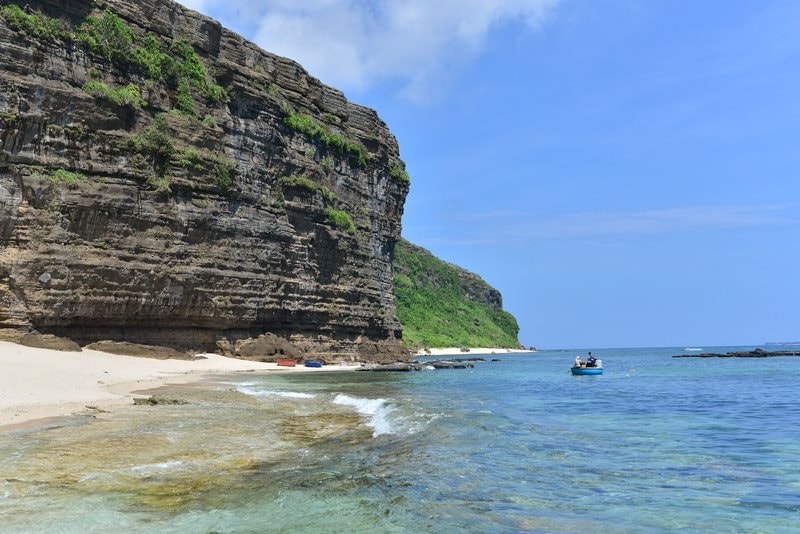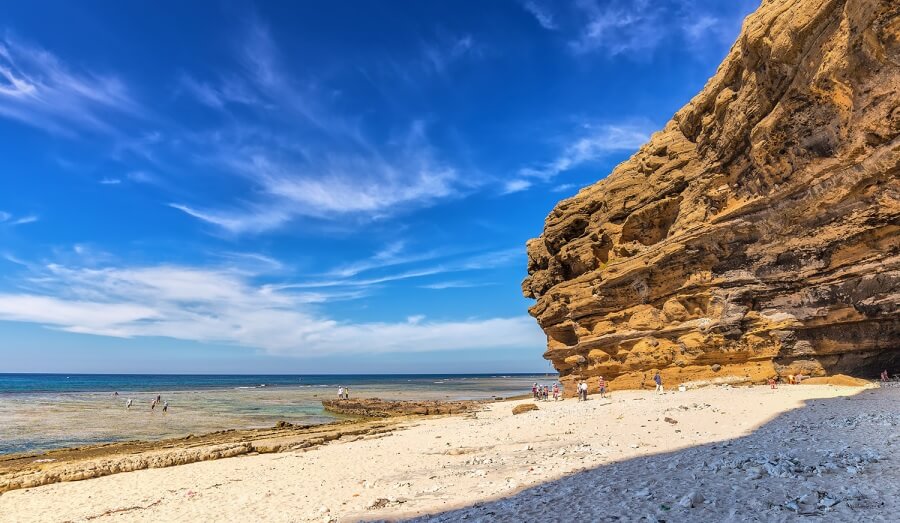Tourist destination
Na Hang tourist area
Mang Ri terraced fields is one of the ideal attractions in the journey to explore Kon Tum. This place carries the rich beauty, simple life and labor beauty of the highland people, promising to be a memorable mark on your trip to Kon Tum. Mang Ri terraced fields are located at an altitude of 1,200m to 1,500m above sea level. The terrain here is also very special in the form of a basin, all four sides are surrounded by Ngoc Linh range. Thanks to such unique terrain and topography, the Mang Ri Terraces area is suitable for developing wet rice and rare medicinal herbs, especially Ngoc Linh Ginseng. To fully admire the beauty of the golden season of Mang Ri Terraced Fields, you should come to Kon Tum in late May, early June and October. This is the season of ripe rice, not only that, there is also dew in the early mornings. Thick fog, dreamy beauty captivates many hearts. However, the period from when the rice is ripe to when people finish harvesting is very short, usually only about one to two weeks before the entire field is harvested. Besides, the harvest time is not fixed, depending on the year, it will change depending on the weather and people's planting conditions. Therefore, you should learn carefully about the golden season in Mang Ri Rice Terraces, follow articles about Kon Tum travel experiences, and know when the rice blooms so you can somewhat predict when the rice will be ripe. Plan your trip. In addition, if you do not go to Mang Ri Terraced Fields in the yellow season, the green season is also an ideal choice. After about 30 to 45 days of sowing, the young seedling has developed into a mature rice plant, preparing to flower. At this time, the rice stalks and rice leaves are large enough, creating a lush green color that covers the terraced fields. Unlike the rich beauty of the golden season, at this time the fields will be immersed in beautiful greenness, full of vitality. When the rice blooms, the scent of young rice wafting in the air makes you even more captivated. Since ancient times, people living in Mang Ri in particular and Kon Tum in general have known how to take advantage of underground water sources from within. flowing mountains. From there, they can conveniently farm and grow food. To adapt to the terrain here, people have built terraced fields and grown two crops a year, thanks to which they have had a prosperous life for many centuries. Mang Ri terraced fields have a terrain that gradually slopes along the hillside, so when you stand from above and look down, you will see small paths located symmetrically, forming a very beautiful, completely different leaf vein shape. compared to terraced fields in other places. When the rice season comes, people here will go to the fields together to harvest. Households harvest rice manually, using sickles and drying it with human power. The small bodies on the vast fields, the life of selling one's back to the earth and selling one's face to the sky, drops of sweat pouring down on terraced fields in the sweltering midday sun. Following the people to the village, you will enter simple houses and explore the ancient architecture of the Xo Dang people. Although their lives are still very difficult and lack many things, the people here are always very friendly and enthusiastic with tourist groups. If you are unlucky enough to come to Mang Ri Rice Terraces when people have just finished harvesting, and there is no longer a golden season for you to check-in and admire, there are still many interesting things waiting for you to experience. One of them is the Kon Tum New Rice Celebration Festival of the Xo Dang community. After finishing the harvest, the people in the village will organize a festival together, offering newly harvested rice grains with sincerity and gratitude to heaven, earth, and gods for giving them favorable weather and wind in the village. warm and full. You can immerse yourself in the jubilant festival atmosphere, learn about unique cultural features, listen to soothing folk melodies, watch Xo Dang girls dance the traditional sinus dance, etc. These experiences will certainly be unforgettable memories in your journey to explore the land of Kon Tum. Mang Ri terraced fields attract travel enthusiasts because of their unique, brilliant, and rich beauty. ecstatic people. When you come here during the time when the rice is ripe, you will admire the golden terraced fields glowing in the sunlight, stretching to the horizon. The yellow color of ripe rice stands out against the green background of the mountains and forests, making this land even more poetic.
Quang Ngai
From April to October
3129 view
Na Hang tourist area
In addition to Pa Sy waterfall, wooden statue garden... when traveling to Mang Den, tourists should not forget to visit the pilgrimage center of Our Lady of Mang Den. Coming here, in addition to admiring the sacred and mysterious statue of the Virgin Mary, visitors can also find peace in their souls and pray for good things. Located in Mang Den, Dak Long, Kon Plong district, Our Lady of Mang Den is currently a famous sacred spiritual tourist destination in Kon Tum province. Besides, the statue of Our Lady of Fatima at Mang Den is located next to Highway 24, about 53km northeast of Kon Tum City and about 100km from Pleiku City, so it is not too difficult for tourists to get here. Also known by another name, Our Lady with One Hand, this is definitely an ideal pilgrimage destination for people and tourists from all over the world when coming to Kon Tum. According to information from the Bishop of Kon Tum and a report by Father Giuse Nguyen Minh Kong, this statue was carved in the image of Our Lady of Fatima and was donated by Father Thomas Le Thanh Anh. Father Kong brought this statue to Mang Den outpost by helicopter (today there are still clear traces of a field airport, about 2 km from the statue's location). The statue was built on a simple pedestal in mid-1971. However, in 1974, due to firepower of the Vietnam War, the Mang Den outpost was destroyed, leading to the statue being partially damaged. and was left deep in the jungle. Having the opportunity to visit this location, visitors certainly cannot miss admiring and learning about the mystery and sacredness of the statue of the Virgin Mary. The mystery about the statue of the Virgin Mary is that after the war, the statue lost its arms. Even though it was rebuilt many times by Catholic dignitaries and sculptors, only a few days later the statue returned to having no arms. According to local people, the armless statue of the Virgin Mary is made from reinforced concrete and is about 1 meter tall. The statue is placed on a pedestal made from cement combined with natural pebbles. The body of the statue resembles the shape of the statue of Our Lady of Fatima, but the head has been restored to resemble the shape of women in the Central Highlands of Vietnam. In particular, the amputated arm of the statue shows extraordinary sacredness that visitors cannot find at any other Marian center. Some parishioners believe that the image of Our Lady with no arms can be associated with the image of Our Lady protecting unfortunate children suffering from diseases such as HIV/AIDS... Our Lady of Mang Den is one of the pilgrimage destinations. of many Catholics when coming to Kon Tum. This is where people come to pray, seek protection, peace, pray for fortune, pray for children... Amidst the vast mountain and forest landscape, there are many flowers planted around and signs saying "Thanks to Our Lady". ” brought by people makes this place more sacred and mysterious. As a familiar cloud hunting location for young people, Virgin Mary Hill will certainly bring beautiful images of clouds to visitors. From the center of Mang Den town, visitors can travel by motorbike, car... to reach Notre Dame Hill with a travel time of only about 5 to 15 minutes. The Mang Den cloud hunting journey will help visitors admire the poetic beauty like a fairyland when the clouds appear very close to the location where you are standing. Enjoying this beautiful scenery will definitely be an unforgettable experience for visitors. Every year on December 8 and 9, the Virgin Mary Black Bamboo Festival takes place, attracting many people and tourists from all over the world to attend. The program of the feast of Our Lady of the Black Crown will take place a number of outstanding activities such as the procession of the Virgin Mary, Mass for those who serve, Solemn Mass... This festival is not only an opportunity for the Catholic community to participate. spiritual rituals but also an opportunity for visitors to pray for peace as well as explore local culture.
Quang Ngai
From October to February
3809 view
Na Hang tourist area
On the tourist map of the Central Highlands provinces, there is an address that few tourists miss, which is Kon Tum Cathedral (No. 13 Nguyen Hue Street, Kon Tum City), an ancient church more than 100 years old. made of beautiful wood, worthy of being ranked among the masterpieces of wooden Catholic architectural works in Vietnam and Southeast Asia. Since the mid-19th century, following in the footsteps of Western missionaries, Catholicism began to be present in the Central Highlands, including Kon Tum. In the early days, worship facilities in this country were mostly small-scale, made of wood, thatch, bamboo, leaves... Only later, when the number of parishioners increased, did people consider built large churches, including Kon Tum wooden church. According to historical sources, the Kon Tum wooden church was presided over by Father Joseph Décrouille, in charge of the Kon Tum parish, and started construction in mid-March 1913 and was completed in early 1918. The church's construction process spanned many years. through many hardships, even stagnating at times due to the time World War I broke out. Previously, it took people up to 3 years to prepare, starting with hiring skilled workers to go into the forest to cut wood and then using elephants to pull it back, then sending people back to areas such as Quang Nam, Quang Ngai, and Binh Dinh. ... find good workers to build. The reason it is called a wooden church is because the main material used to build this church is red wood, a precious wood abundant in the mountains and forests of the Central Highlands. All structures from columns, rafters, to floors are made of wood and glued together with tenons without using nails. The ceiling, walls and partitions are plastered with a straw-mixed soil material in the traditional style of Central Vietnamese houses, with absolutely no reinforced concrete or lime mortar. Explaining this, in a report sent to the Paris Missionary Society in 1913, right at the beginning of construction of the church, the Apostolic Vicar Bishop of Dong Dang Trong Grangeon wrote as follows: "Stone cannot be used." Like bricks for construction, only wood can be built with high quality and the architect said that this church in Ba Na has the appearance of a cathedral. Overall, the church is designed in Roman architectural style combined with the stilt house style of the indigenous Ba Na people. This is considered the pinnacle of the combination of Western culture and national identity of the Central Highlands region. Looking from the outside, the building is a tall, majestic building that stands out with the dark and timeless colors of wood and tiles. The front of the church has a 4-storey bell tower 24m high in the middle, creating harmony and balance for the entire building. The two-winged corridor is wide and long, the roofs are high and sloping like the communal roofs of the Ba Na people, firmly supported by round wooden columns. Inside the cathedral seems to be a completely different world with its long, soaring, airy and light-filled dome structure, making viewers truly overwhelmed by its majestic and splendid beauty. The 12m high columns placed firmly on stone bases rise up to support the entire central dome and the ceiling of the two-winged hallway, not only creating the grandeur of the building but also creating a feeling of open space on all sides. . In particular, the arched wooden truss system and the small columns above are delicately and seamlessly connected in a graceful and soft way, making the upper floor of the cathedral even more magnificent and splendid. On both sides, through natural light, stained glass windows designed in the vitraux style with drawings of biblical classics appear shimmering brightly. It can be said that every detail of the church's design, carving, decoration, color combination... is extremely sophisticated, proving the masterful skills of ancient artisans. There is an extremely interesting detail that shows that the artisans at that time were extremely skillful and sophisticated when placing a very large circular stained glass painting in the center of the cathedral, right above the main door. , facing the sanctuary to both let in light and decorate as a symbol of the sun shining directly inside. If you stand outside, it is difficult to imagine what the ancients drew on that glass painting. But inside, through the reflection of light, the painting appears bright and beautiful with images of the lively life of the ancient Central Highlands people with village scenes, communal houses, elephants pulling wood, rivers and streams. , majestic grandeur... Talking about the beauty of this cathedral, Bishop Jeanningros, who inaugurated the Kon Tum wooden church, wrote in a letter to the Paris Missionary Association in 1918: "This is a spacious and valuable building, was built Built with famous carpentry (precious wood - PV)... to replace the old thatched bamboo church that burned down by fire 7 years ago with this beautiful cathedral. After more than 100 years of wind and rain, the house Kon Tum wooden altar remains durable over time and seems to be more and more beautiful because of its rare antiquity and splendor. Today, coming to the mountain town of Kon Tum and visiting Kon Tum wooden church, visitors not only learn more about the history of the cathedral of Kon Tum Diocese, one of 27 Roman Catholic dioceses in Vietnam, and Not only is it the oldest diocese in the Central Highlands, but you can also admire one of the wooden masterpieces of Catholic architecture in Vietnam as well as Southeast Asia.
Quang Ngai
From November to April
3416 view
Na Hang tourist area
Kon Kotu village is a peaceful village located on the gentle and gentle Dak Bla river. This is a place that clearly reflects the colorful cultural life in Kon Tum. Kon Kotu village promises to be an interesting destination for those who want to explore ethnic cultures when traveling to Kon Tum. As a land belonging to the Central Highlands region, Kon Tum is certainly also a colorful place. culture as this is the place where ethnic minority communities live and have the largest concentration. Kon Kotu village is the gathering place of the Ba Na community in Dak Ro Wa commune, Kon Tum City. This village is located peacefully on the banks of the famous Dak Bla River, the river embracing the peaceful land of Kon Tum. Kon Kotu village currently has 92 households with a total of more than 530 people, most of whom are Ba Na people. According to the language of the Ba Na people, Kon Kotu means pristine. The meaning is that this village has been formed since ancient times. Therefore, Kon Kotu village has an ancient beauty, tinged with the colors of time, and carries the unique image of the Ba Na community. Standing in Kon Kotu village, you can see the towering Kong Muk mountain peak in the East. This mountain is majestic and towering, casting its shadow onto the gentle and quiet Dak Bla river. Along the banks of the Dak Bla River is a fairly large flat sandy beach, embracing the shape of the Kon Kotu village that has passed the mark of time. Kon Kotu village is an ancient village that still retains the most ethnic character of the Ba Na people with majestic ancient houses and unique cultural features. According to the villagers, before 1920, the village was quite crowded, the people here lived warmly and together experienced ups and downs in life. One day, when a smallpox epidemic broke out, many people in the village got sick and unfortunately survived. The young people who witnessed the incident were also scared and heartbroken and chose to leave the village. By the time the pandemic subsided, a part of the population began to return to the village to live. At this time, the village only had a few small families left to survive the pandemic. It was not until later that the village began to become crowded again and became one of the most populous ethnic minority community villages in Kon Tum province. Being an ancient village, Kon Kotu still retains its peace and antiquity through every corner, especially the road to the village. The road to Kon Kotu village is along the legendary Dak Bla river of Kon Tum. The winding river flows through every corner of the city, with romantic floating lines of gentle pink grass on both sides of the road. Add to it the lovely purple features of sugar cane flower branches interwoven in the endless scenery of mountains and forests. All paint a wonderful picture leading to Kon Kotu village. If the village road is a peaceful, picturesque scene, then entering the village, you will admire the bustling sounds of life. Singing along with the chirping sounds of wild birds are the joyful, crisp laughter of children playing on the porch. Interspersed are the clicking sounds of weavers meticulously pulling each loom, and the chiseling sounds of sculptors carefully making wooden statues. A peaceful and harmonious scene has been drawn realistically and vividly. The most obvious highlight for the scenery of Kon Kotu village is the soaring Krong house that covers the entire sky. Krong house is a house used to serve community activities for the villagers. Some activities that can be held at Krong's house include meetings, festivals or occasions to welcome distinguished guests. To the right of Krong's house is the chapel of the parishioners, to the left is a system of ancient stilt houses surrounding it. In the stilt houses, Ba Na women gather here to sit and weave meticulous pieces of brocade products. Around Krong's house is an area for children to gather and play. Folk games are held under the sound of bustling and crisp laughter that fills a corner of the sky. Visiting a cultural destination in the Central Highlands and missing out on the gong cultural spaces is truly a privilege. experience full of shortcomings. Coming to Kon Kotu village, you will not only be immersed in the gong cultural space but also get acquainted with folk songs with sounds created from traditional musical instruments. Besides, you can also admire the sinus dances with the sound of gongs. If you return to the village on the right occasion, you also have the opportunity to participate in traditional festivals of the Ba Na people such as Patron festival, new rice festival... When visiting Kon Kotu village, you can participate weave brocade with Ba Na girls. Through working experience, you will appreciate the brocade products that people here weave by hand. Each thread is woven meticulously and quite carefully. If you are not familiar with it, it will be quite time-consuming and easily damaged. Yet, the people of Kon Kotu village have preserved this weaving profession through many ups and downs of history. In addition to cultural experience activities, when you come to Kon Kotu village, you can experience one more activity. Sports activities associated with nature. That is Cheo Sup in Kon Kotu village. With a location located along the shallow sections of the Dak Bla river, young people coming to Kon Kotu village can experience quite safe and interesting rowing activities. Along with Kon Bring community tourism village, Kon Kotu village is a brilliant cultural destination of Kon Tum tourism. This is one of the places that marks a brilliant journey but also many ups and downs of the Ba Na community. If you have the opportunity to visit Kon Tum city, stop once at this ancient village to have the most wonderful travel experiences.
Quang Ngai
From November to April
3223 view
Na Hang tourist area
Kon Pring community tourism village is a beautiful village in Mang Den, Kon Tum. This village still retains its rustic beauty with Rong houses, gong dances and unique festivals. Kon Pring community tourism village is one of the famous Mang Den tourist destinations, attracting many tourists. visitors come to visit. Not only does it have a beautiful, poetic, and peaceful landscape, Kon Pring tourist village also preserves many unique cultural features of the Mo Nam people. Kon Pring community tourism village is one of four cultural tourism villages. Famous community calendar of Kon Plong district. This is a village of the Mo Nam people (of the Xo Dang ethnic group) located in Dak Long commune, Kon Plong district. If you have the opportunity to visit this village, you will admire the wild and rustic natural scenery as well as discover interesting cultural experiences. These include traditional wine making, sinus dancing, weaving tools, festivals... Kon Pring is definitely the ideal destination for you to explore and experience unique cultural identities. Kon Pring owns Poetic natural landscape with hills, rivers and streams and interesting cultural features, so visitors will have memorable memories when they have the opportunity to stop here. Kon Pring community tourism village stands out with Rong houses built in the traditional style and soaring into the blue sky. The houses are built from simple materials such as bamboo, thatch, wood, cork... and the roof is designed like an upside-down ax blade standing tall in the middle of the village. If you don't know what Mang Den has to offer, don't forget to go to Kon Pring village to check in with these unique Rong houses. Not only can they visit the Rong houses and admire the poetic natural landscape, coming to Kon Pring, visitors can also immerse themselves in gong dancing, lighting campfires... with the village. The culture of playing gongs is one of the long-standing cultural features of the Mo Nam people and is enjoyed by many tourists every time the gongs sound. In Kon Pring village, there are many festivals taking place all year round, attracting many tourists from all over the world to attend. Some prominent festivals include the water trough festival, the sowing ceremony, the rice warehouse closing ceremony, the new rice eating ceremony... Besides, there are also a number of life cycle rituals such as getting married, giving birth... Each Each festival has its own unique characteristics that will certainly leave many unforgettable experiences for visitors if they participate. The most special experience when coming to Kon Pring community tourism village that visitors should definitely not miss is cooking with the people here. You will be able to cook with local people specialties of Mang Den such as delicious grilled chicken and bamboo-tube rice.
Quang Ngai
From November to April
3379 view
Na Hang tourist area
Ngoc Linh Mountain (Ngoc Linh Lien Son) is known as the mountain block against the sky of the massive Truong Son range. Possessing a spiritual location converging with wild and majestic natural beauty, there is nothing better than conquering this famous mountain during your trip to Kon Tum! Pack your backpack and explore now! Stretching across the four provinces of Kon Tum, Quang Nam, Quang Ngai and Gia Lai, Ngoc Linh Mountain, also known as Ngoc Linh Lien Son, is one of the tall and massive mountains. Truong Son range next to brothers such as Ngoc Phan Mountain, Muong Hoong Peak, Ngoc Lum Heo or Ngoc Bon Son. The stopping place is covered by a layer of magical white clouds with the legendary Dak Bla River running across, making everyone watching from a distance unable to help but be captivated by the majestic natural beauty. As a sacred mountain located in the sacred land of convergence, Ngoc Linh attracts millions of visits every year, of which the most prominent is definitely the adventurous activity of conquering skyscraper peaks. Although Kon Tum's climate is cool all year round, in general the best time to check-in to Ngoc Linh Mountain is from December to March of the following year, when the weather is fresh, airy, sunny and extremely sunny. rain. Because the trekking route is particularly steep and dangerous, this is a prerequisite with an experienced guide and professional climbing support tools to start the journey to discover Ngoc Linh Lien Son. You can visit in the last two months of the year, December and November, to watch wild sunflowers bloom brightly throughout the trip or enjoy the scenery of rubber forests in the changing season of leaves in January, coffee hills with small flowers. Tiny, pure white brightens up the entire sky in March. All of them promise to bring you memorable travel moments. With a height of more than 2,500 meters above sea level, to climb the mountain you must first climb the mountain. comes from the children The winding road is difficult to get to the cliff, the edge is extremely dangerous. Next is to cross the streams of water flowing through the rocks creating a gurgling sound imbued with the majestic nature and cross the primeval forests stretching for kilometers with a variety of rare and hard-to-find creatures. With every step you take to explore, the wild landscape that appears here will make you curious and excited. The most memorable is definitely the feeling of walking through the walls of leaves that seem to be silently covering and protecting this sacred mountain while opening the way upward. The air is cool at first, then gets colder and colder, showing that the traveler is getting closer to the clouds floating on Ngoc Linh peak - the place where many mysteries are hidden. The rugged roads, dangerous green forests and countless fast-flowing streams create a welcome challenge for adventure lovers when they set foot on this mountain. The moment of standing on the top of the mountain admiring with your own eyes the vast and vast picture of the mountains and forests of the Central Highlands is definitely a worthy reward that the Creator has bestowed on those who bravely conquer the beautiful natural wonder. . There's nothing better than looking far into the distance to see the old forest covering the highlands with a green shirt full of vitality, the hometown river like a soft, graceful peach silk flowing through the land where the streets are. settle down in the mountains and settle down. Blending in with the beautiful landscape is a natural symphony with the sound of birds flying into the clear deep forest, the sound of a stream flowing through a gurgling rock, the sound of a waterfall... All echo through the fields, mountains and hills. to the heart of the discoverer. It is truly an experience that leaves countless unforgettable emotions! With natural beauty that touches people's hearts, when you have the opportunity to visit Kon Tum, don't miss the opportunity to come and conquer this wonderful mountain! This will definitely be an experience that those who love to travel and explore must definitely try even just once.
Quang Ngai
From November to April
3453 view
Na Hang tourist area
Kon Klor suspension bridge is a very popular Kon Tum tourist destination in Dak Ro Va commune. Not only does it have a beautiful appearance, this is also a unique project associated with the name of the windy highland city. If you have the opportunity to visit here, don't miss the opportunity to check in with this famous bridge! Kon Klor suspension bridge across the Dak Bla river - the legendary river flowing back to the West is the place to check out. -in "virtual living" attracts a large number of people near and far next to Bo Y Border Gate, Long Loi Flower Garden... This famous architectural work that took about 1 year to complete has a similar structure and size. looks extremely impressive. Not only is it the largest and most beautiful bridge in the mountains and forests of the Central Highlands, this is also one of the unique symbols of the highland city of Kon Tum that you cannot miss the opportunity to visit here. Like many other prominent tourist attractions, the best time to visit Kon Klor Suspension Bridge is from December to March of the following year, which falls in the highland dry season. Because at this time, Kon Tum's weather is generally sunny and little rain, so it will be extremely favorable for you to visit, trekking or start a journey of discovery. If you have the opportunity to stop here in the last two months of the year, December and November, besides the cold weather that brings a feeling of relaxation and comfort, you will also be greeted by the stunning beauty of the wild sunflower hills. The area is filled with golden trees and a bustling, cheerful atmosphere coming from countless festivals celebrating the harvest. January when the rubber tree forest enters the leaf-changing season or March when the coffee fields bloom with white flowers filling the sky are also ideal times that you should consider. Officially inaugurated on May 1/ In 1994, after more than a year of construction, the Kon Klor Suspension Bridge stands out with its eye-catching bright yellow and crimson colors and has been in operation for nearly 30 years. This is a large and beautiful architectural work spanning the two banks of Dak Bla - the legendary river flowing to the west of the vast land connecting Quang Ngai province with Yaly Hydropower Plant and Kon Tum commune with the new economic zone. Under the warm afternoon sunlight, this 292 meter long, 4.5 meter wide bridge surrounded by majestic high mountains and sprawling green mulberry fields always makes anyone who has the opportunity to visit this place feel excited. Bewildered by the charming beauty reflecting in the river of the bridge. Not stopping at appearance, Kon Klor Suspension Bridge made of solid iron and steel also has extremely good durability and bearing capacity. With a cable-stayed structure (also known as oblique tension) using pillars and anchor cables to support the entire system, the bridge allows many types of vehicles or vehicles with large loads to move freely without having to move. worry about safety. This is also the unique design that carries the bridge's name far and wide while also turning this project of the proud Kon Klor Village into an aesthetic symbol associated with the era from windy Kon Tum City. Indigenous people after a long day of work crossing the Kon Klor Suspension Bridge returning home with carts full of cassava is one of the extremely familiar images at this attraction. In the past, when the cable-stayed bridge had not been built, both people and cattle who wanted to get to the other side had to wade across the river or row boats, which was both difficult and very dangerous. At present, thanks to the presence of the bridge, the lives of Kon Tum people in general and Kon Klor Village in particular have changed significantly. Food and goods are transported back and forth between the two sides more conveniently. Children cross the suspension bridge in their hometown and freely play on the way to school instead of traveling by wooden boat that sometimes tilts in the strong current. Crossing the other side of the bridge, you can not only visit the Ba Na ethnic village with its unique customs and traditions, but also have the opportunity to enjoy the village scenery covered with immense, low green. In the open are banana gardens and coffee hills, imbued with the wild and majestic Central Highlands. It can be said that this cable-stayed bridge not only brings important connection value, helping to bring closer the distance between people on both sides of the Dak Bla River, but also makes a great contribution to understanding cultural traditions and trade. economy, thereby creating a strong relationship between the ethnic groups living together here. Kon Klor Suspension Bridge - a work that uniquely symbolizes the cultural beauty of the Central Highlands region in general and Kon City in general. Tum in particular. If you have the opportunity to travel to the plateau, don't forget to stop by this bridge to bring home beautiful "virtual life" check-in photos!
Quang Ngai
From November to April
3465 view
Na Hang tourist area
The Kon Tum bishop's house is not a place to honor a specific type of belief, it represents the diversity of beliefs and cultures of the Kon Tum area. The bishop's house is meant to show harmony and respect between the different religions and beliefs in this area. In addition, the bishop's palace also has unique architecture and is an important historical and cultural attraction in the area. Kon Tum Palace is located on Tran Hung Dao street and is an impressive building with unique architecture. unique. The combination of the impressive location among the mountains and forests and the grand architecture of the bishop's palace creates a unique setting. The building spans about 100 meters and has three floors, giving an impressive view of its scale. The beautiful and nature-oriented grounds make sightseeing enjoyable and comfortable. The green and quiet space is probably a highlight of the visiting experience here, allowing visitors to enjoy the natural space and feel the peace of the surrounding mountains and forests. The bishop's palace was built in in 1935 and is one of the important and unique religious works of this area. With the role of managing both dioceses of Kon Tum and Gia Lai provinces, it makes an important contribution to the organization and development of the Catholic community in the Central Highlands region. Bishop Martial Jannin Phuoc is one of the pioneers in building the Kon Tum church. It took 3 years to complete the project, showing his care and dedication in creating a unique and beautiful religious building. The architecture and design of the bishop's palace may have characteristics of French architecture, reflecting the combination of European architectural knowledge and the Central Highlands. Promising to be a place that attracts many tourists who want to explore architecture and beliefs, it is completely suitable when traveling to Kon Tum. Kon Tum Bishop's Palace is not only an important religious building but also a unique cultural and architectural symbol in the region. Visitors can enjoy sightseeing and learn about the history, beliefs and architectural art of this place. The spacious path and front yard decorated with green trees and milk flowers create an enjoyable space, expressing peace and tranquility. The gentle scent of milk flowers along with the shade from green trees is probably part of the enjoyable experience for visitors when they visit the Kon Tum bishop's palace. This creates a relaxing and sacred feeling as you enter the area. Inside there are bedrooms, classrooms, dining rooms, traditional houses... with modern Western style, visitors can experience the traditional space and understand more about the history and culture of this area. Looking straight outside is a green garden with many trees. The lush green garden creates a quiet and comfortable space, allowing visitors to relax and "virtual live" in the natural environment. This makes visiting the Kon Tum bishop's palace more interesting and provides an exciting experience of nature and culture. The traditional house, considered a museum, is a precious place to preserve and display the culture and heritage of the indigenous people of the Central Highlands. Displays of living utensils, farming tools, and exquisitely carved wooden furniture allow visitors to better understand the lives and traditional crafts of the Central Highlands people. If you are passionate about exploring and learning about religion and culture, visiting places like the Kon Tum bishop's palace is an interesting and rewarding experience. This helps you better understand the diversity and depth of religion and cultural heritage in different regions.
Quang Ngai
From November to April
3328 view
Na Hang tourist area
Ly Son is not only famous for its beautiful beaches and fresh seafood but is also known as the "Kingdom of Garlic". Stretching green garlic fields, interspersed with ancient houses, create a peaceful, attractive countryside picture. Ly Son garlic fields are not only concentrated in a specific location but are widely distributed. all over Ly Son island, mainly on Dao Lon (Cu Lao Re). This is because this place has flat terrain, much more spacious than Dao Be, along with fertile soil formed from volcanic lava, very suitable for garlic to grow. Although Little Island (An Binh) also grows garlic, the area is not as large as Big Island. You can see lush green garlic fields everywhere on the Big Island. In particular, An Vinh commune is the "capital" of Ly Son garlic, with vast garlic fields stretching at the foot of Thoi Loi mountain. An Hai commune also contributes significantly to the picture of "garlic kingdom" with garlic fields interspersed with residential areas, close to famous tourist attractions such as Hang pagoda and To Vo gate. Winter, from October to In the 12th lunar month, when the northeast monsoon comes, it is also the time when Ly Son puts on a new shirt. The whole island seems to be covered with a young, lush green color of endless garlic fields. The garlic beds are straight, evenly raised, layered like green stairs, reaching out to welcome the sunlight. Under the soft yellow sunlight, the garlic cloves sparkle like blue gems, emitting a unique, passionate fragrance. Walking among the green garlic fields, you will feel the rare fresh and peaceful air. The sound of the wind blowing through the garlic beds, the sound of birds chirping on the branches, all blend together, creating a gentle melodious music. In the distance, beautiful small houses are hidden under green trees, creating a picture of peaceful, poetic countryside. The beauty of Ly Son garlic fields is also created by the image of farmers diligently taking care of them. , harvest garlic. From early morning, they went to the fields, diligently cultivating, watering, and fertilizing the garlic. During harvest season, the whole family goes to the fields together to harvest ripe, delicious garlic. The bright smile on their faces is the joy of a bountiful harvest, a worthy reward for their efforts and hardships. Ly Son garlic fields are like a giant green carpet stretching to the horizon. Each garlic bed is planted straight and evenly, like rows of soldiers seriously welcoming visitors. The lush green color of garlic leaves blends with the deep brown color of the soil, creating a harmonious and beautiful natural picture. Amidst that vast space, you will feel like you are lost in another world, separate from the hustle and bustle of the city. And this is the perfect background for you to enjoy "virtual living" with million-like photos! Try to imagine yourself standing in the middle of the green garlic beds, the golden sunlight gently falling on your shoulders, the breeze gently swaying your hair... a magical moment, right? You can pose with many different angles: rotating gently among the garlic beds, sitting on the edge of the field and looking into the distance, or simply wearing a conical hat and smiling gently. To make the photo more vivid, bring some props like a bamboo basket, a bicycle, or even a bunch of fresh garlic. And don't forget to wear brightly colored outfits like white, yellow, red... to create a highlight for the photo, helping you stand out in the green field. Coming to Ly Son, you also have the opportunity to discover the secrets Unique garlic cultivation of the people here. They have preserved and passed down valuable experiences through many generations, creating the famous Ly Son garlic brand throughout the country. Ly Son garlic has many types such as single-branch garlic, multi-branch garlic, each type has its own characteristics and flavor. The farmer will explain to you how to identify good garlic varieties, suitable for the soil and climate conditions on the island. Ly Son garlic growing soil is basalt sandy soil, formed from volcanic lava, so it is very fertile. People must carefully plow, level the field surface, and build high, dry beds for good drainage. In particular, they also use a special type of white sand taken from the sea to mix into the soil, helping garlic grow better. Sowing is also an important step. Garlic seeds will be separated into cloves and planted in the ground in rows and beds at a moderate distance. After planting, farmers must take care of the garlic carefully, water it regularly, apply organic fertilizer from seaweed, spray pesticides... so that the garlic plants grow and develop well. The final stage is the harvest. When the garlic is ripe, people will pull it up, dry it and store it carefully. Once harvested, Ly Son garlic can be stored for a long time while still retaining its delicious flavor. One of the experiences not to be missed when coming to Ly Son is buying famous garlic specialties as gifts. Ly Son garlic is blessed by nature with a special delicious flavor, different from garlic in other regions. Perhaps because of the fertile basaltic sandy soil, formed from volcanic lava, along with the typical sunny and windy climate of the sea, it has created a unique flavor for Ly Son garlic: firm, fragrant garlic cloves. rich spicy taste without being too pungent. Ly Son people not only grow fresh garlic but also create many products made from garlic, providing many choices for tourists. You can find bunches of fresh garlic, dried garlic braided into lovely strings, or jars of fragrant, nutritious black garlic. Pickled garlic is also a popular specialty because of its attractive sour, sweet, and spicy taste. Ly Son garlic fields are not only the birthplace of this famous specialty but also an attractive destination. , bringing visitors unique and memorable experiences. The green beauty of the garlic fields, along with the simplicity and hospitality of the local people, will make you want to return to this island again and again. Come to Ly Son, enjoy the fresh air, immerse yourself in nature and discover the secrets of the "garlic kingdom"!
Quang Ngai
From October to March
3335 view
Na Hang tourist area
The impact of thousands of years of wind and ocean waves has created the Ly Son Cau Cave as it is today. With the rustic and majestic beauty of the mountains and forests, Cau Cave is now a famous area attracting tourists across the country. Especially tourists who love to experience and explore nature. Ly Son fishing cave lives in Dong village, An Hai commune, Quang Ngai province. Located at the foot of Thoi Loi mountain, it was formed by the erosion of sea waves all year round, cutting deep into the heart of the mountain. Endowed by the Creator with magnificent natural beauty, a living work of art in real life. The majestic wild beauty of the mountains combined with the poetic beauty of the sea, Cau Cave attracts countless tourists to visit. The cliffs are surrounded by layers of marine plants, called jelly. Perhaps it is because this marine plant species is widely covered that the name Cau cave was born and has been passed down for thousands of generations. Famous as a check-in location with super beautiful views. You will feel like you are lost in an unreal fairyland if you admire the beauty of this Cau cave. The sea view combines perfectly with the wild view of the mountains and forests, the space covered with trees and flowers creates a majestic and poetic picture of nature, so beautiful that everyone has to praise it and check in immediately. I have a few souvenir photos. The panoramic view from the top of the mountain to the sea will surprise you with the immense scenery of the majestic Cau cave. The clear blue beach next to the pure white sand beaches brings a peaceful and peaceful beauty every time the waves reach the shore, portraying the image of children going to school or working away from home every time they return to reunite with their families. family. So warm and happy. Far away at sea are the images of fishermen returning from fishing at night, or boats departing for offshore fishing, their excitement arousing a mysterious curiosity about the cave's scenery. Sentence. Listening to the waves crashing endlessly, blending with the chirping sound of the wind, brings peace and relaxation to the soul. An emotion that cannot be felt in a crowded, bustling city. That's why many people choose to come to Cau cave just to find the peaceful aftertaste of heaven and earth here. Soaking in the cool water in the heat of summer or when you are tired after a series of tours to explore Ly Son island is the most wonderful experience here. Moreover, bathing in the deep blue water and the smooth white sand of the sun, with such charming scenery, I guarantee you will enjoy it very much. Suitable for travelers who like to explore the deep sea. This diving discipline is also quite popular in Ly Son, you will admire the small, lovely coral reefs nestled on the seabed. Home to small sea creatures such as fish, starfish,... the coral reefs flutter and sway with each flowing water like a rustic dance imbued with the sea in Ly Son. Seeing and touching coral reefs will be an exciting experience for you on this journey. Freely organize activities to improve team spirit, connect people with folk games on the white sand, or those who do not like to exercise too much can organize their own party or picnic next to the tent. camp and talk together, grill food,... It's wonderful, isn't it! Some team building games you can organize are: volleyball on the sea, soccer on the sea, tug of war, kayaking,... and many other games with team spirit. If you come to Cau Cave, you definitely have to eat Ly Son's specialties, right? With delicious dishes, made from fresh seafood caught from the sea such as stir-fried conch with lemongrass and chili, garlic salad, jellyfish salad, steamed Huynh De crab, sea urchin porridge, Ta Ma fish hotpot,... It's true. There are many delicious dishes that are difficult to choose from. In addition, if you want to enjoy the delicious breakfast of Cau cave, you can visit Dong village market, about 2km from Cau cave. A variety of delicious, nutritious and cheap breakfast dishes you can find here. These include banh loc, bread, fish ball vermicelli, grilled meat vermicelli,...
Quang Ngai
From April to August
2737 view

